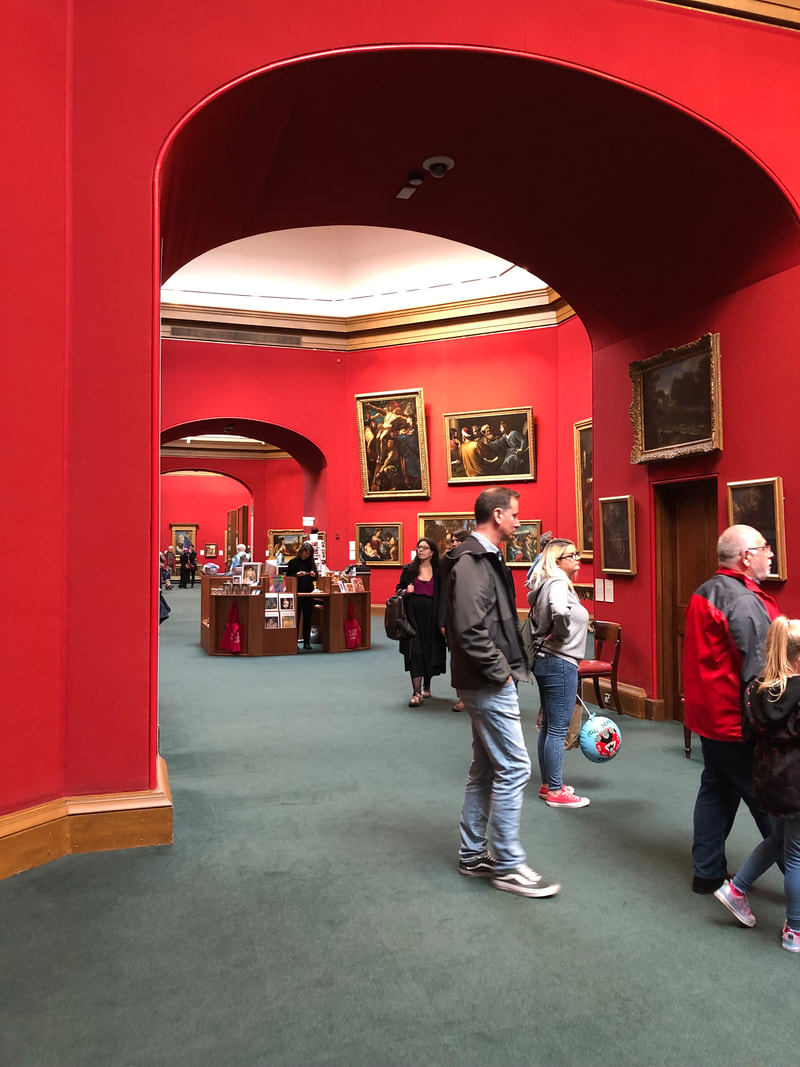
|
Here's a shot of the National Gallery from the Edinburgh Festival site -- I tried to take a similar image but the sun was right behind the Gallery and -- it was a dreadful pic. So I turned to the web. Thanks!! The rest of the pics are mine, the good, the bad, and the crooked!  If you enter and turn left, you will begin at the chronological start of the collection, with altarpieces and paintings from the Middle Ages and Renaissance. I was particularly taken with the Titian (below) "Diana and Callisto" from 1556-59, which so clearly recalled my visit to Venice a year before. I hastened on to visit some of my favorite Scottish and English painters from the 18th and 19th centuries. Always a favorite is Sir Henry Raeburn (1756-1823). Below, his painting c. 1795 "The Reverend Robert Walker Skating on Duddington Loch," definitely a crowd-pleaser. Below, Raeburn's portrait of Margaritta Macdonald, Mrs. Robert Scott Moncrieff (died 1824), painted in 1814. The Gallery says its "heightened romanticism, sensibility, and sensuality have endowed its iconic status" in the collection. Below, portraits. Left, The Ladies Waldegrave, 1780, by Sir Joshua Reynolds (1723-1792); center, The Honorable Mrs. Graham, 1777, by Thomas Gainsborough (1727-1788); right, Lady Agnew of Lochnaw, 1892, by John Singer Sargent (1856-1925). Click on the pictures for larger versions. Below, Sir William Allan's 1833 painting of The Murder of David Rizzio, showing Mary Queen of Scots at the assassination of her Italian secretary in 1566. Mary's tragic life is a frequent subject of Scottish artists. This glorious 1867 view of 'Niagara Falls from the American Side' is said to be the only painting in Europe by American artist Frederic Edwin Church (1826-1900), famed as one of the original members of the Hudson River School of American landscape painters. Two charming portraits of Scottish boys with their dogs by Sir Henry Raeburn were recently acquired by the Gallery. Below, left, is William Stuart Forbes (1802-26) in 1809; right, his younger brother John Stuart Hepburn Forbes (1804-1866) in 1812; John inherited the family title and fortune after William died at age 24. Prominent Scottish artist Sir David Wilkie (1785-1841) portrayed 'General Sir David Baird Discovering the Body of Sultan Tippoo Sahib after Having Captured Seringapatam in the 4th May, 1799.' Though I am leaving out many excellent paintings I loved, I will close with the great work that perfectly depicts Scotland in the mind of many of us: 'The Monarch of the Glen' painted by Sir Edwin Landseer about 1851. Next, heading north...
0 Comments
SCOTLAND...the image of rugged strength combined with intellectual brilliance and magnificent castles and rococo salons...I could enthuse on for paragraphs to detail the dreams and metaphors in my mind. With all these ideas spinning in my head, I went forth for my first excursion north of Edinburgh. Above, the scenic inspiration...I've wanted to explore Scotland for many many years...but on previous visits to Britain, I was so fascinated by the Borders region and Edinburgh that I never actually made it farther toward the Highlands. But joining Kristine Hughes Patrone and her group from Number One London Tours, I finally got my chance. In the next few weeks, I will bring you some of my pictures and experiences from my trip in September 2019. We arrived via Waverley Station, the world's only railroad station named for a novel, Sir Walter Scott's Waverley, written in 1814. We gathered at the lovely boutique Hotel No. Eleven, in Brunswick Street. The next day I went to Edinburgh Castle, another spot that I had never managed on previous visits. The remainder of the group visited the retired royal yacht Britannia, which I had visited years before, so I opted for the Castle. One of several bagpipers who serenade the tourists in the city. Edinburgh Castle is massive and as formidable as one could imagine. But I found the guides incredibly helpful and even managed a ride to the crest via an interior tunnel carved out of the stone--for the convenience of the military--and the tourists who ask! The Castle was crowded with visitors. And the views of the surrounding city were almost as superlative as the structure itself. Mere words cannot convey the sense of power that you feel while investigating the various rooms and displays which encompass the history of Scotland. Next week, a visit to the Scottish National Gallery and its brilliant collection of art.
We'll return to visit more rooms of Ham House, a brilliant 17th Century house belonging to the National Trust. Two weeks ago we looked at the Great Hall and a few others. Today, we start with the North Drawing Room. Created in 1637-39, it was part of the State Rooms where honored guests would withdraw after dining. The NT Guidebook tells us the twisted columns at the sides of the fireplace were "inspired by similar features in one of the cartoons (preliminary designs) for Raphael's Act of the Apostles (then in the collection of Charles I)." Very unusual to say the least. Equally unusual is the Ivory Cabinet "probably made in Antwerp in the 1670's when ivory was still a rare and exotic material." Below, the Long Gallery, hung with portraits of family and friends. Above left, a self portrait of artist Van Dyke; a wheelchair belonging to the 9th Earl of Dysart (1859-1935) who died without issue. Ham House went to his second cousin, 81-year-old Sir Lyonel Tollemache. Sir Lyonel and his son donated the house, which miraculously survived many nearby WWII bombings, to the National Trust in 1948. A highlight of Ham House is the Green Closet, above. The NT writes, "It is an almost unique survival of a cabinet room of the 1630s and vividly evokes the art-loving court of Charles I." The room is filled with small paintings, miniatures, two Japanese cabinets (center below) and a painted ceiling (right) commissioned from artist Franz Cleyn in the 1630s. The library, clearly a place we'd love to inhabit, full of appealing volumes and a large collection of globes and maps. And here we find the Sp, AKA the Duchess' Bathroom, 17th century style. She could relax on the chaise but I fear the tub lacked spouts for circulating water. Perhaps the maid stirred the contents instead. It certainly would have been the height of contemporary luxury. More and more the NT houses are restoring the servant's areas...since most of their visitors would probably have more in common with the downstairs than the upstairs. And one of the volunteers in the kitchen gave us a nice send-off with a view of the work of art she had just finished baking. Brava!!
We'll take a brief break from our visit to Ham House and turn to fashions for a while. Part Two of Ham House coming soon. 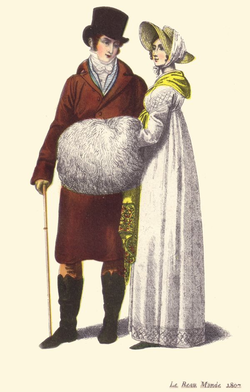 This couple appears ready for the cooler temperature of November, though I assume the lady is recycling her summer chapeau and I would advise her to lift those skirts on damp days. The muff is wonderful. The plate appeared in Le Beau Monde, here from February, 1807. It was published for just four years by John Browne Bell. He was the estranged and/or competitive son of the John Bell who published of the popular magazine La Belle Adsemblee for many more years, according to author and fashion-plate expert Candice Hern (candicehern.com). Here is the magazine's description for these outfits published in the issue for December 1807: No. 1. - A Morning Dress. A round cambric gown, a walking length, with short full sleeve, and puckered cuff, buttoned or laced down the back, and made high round the neck, with a full frill of lace. A military stock, edged round the chin with the same. A figured Chinese scarf, the colour American green, twisted round the figure in the style of antique drapery. Melon bonnet the same colour, striped, and trimmed to correspond with the scarf. Hair in irregular curls on the forehead. Earrings of gold or topaz. Long York tan, or Limerick gloves, above the elbow. Slippers of yellow Morocco. This dress, divested of the bonnet, is considered genteel negligée for any period of the day. No. 2. - A Morning Walking, or Carriage Habiliment. A simple breakfast robe of India muslin, or cambric; with plain high collar, and long sleeve. Plain chemisette front, buttoned down the bosom. A Calypso wrap of morone velvet, or kerseymere, trimmed entirely round with white ermine, or swansdown. Spanish hanging-sleeve, suspended from the back, and falling over the left shoulder, terminating in a round point below the elbow. This ornament is lined throughout with skin the same as the trimming. A mountain hat of white Imperial beaver, or fur, tied under the chin with a ribband the colour of the coat. Gloves and shoes of American green, or buff. Cropt hair, confined with a band, and curled over the left eye. As often in the fashion plate world, the descriptions are detailed and using terms like 'morone', which drive we 21st c. readers to our glossaries. Marone means 'maroon' which was used loosely by the water-colorist who painted this plate. Ackermann's Repository, February 1810, is described: "A purple velvet round robe. bordered around the bottom, bosom and wrists with narrow gold lace. A Spanish hat, composed of purple silk or velvet, the same as the robe, looped up in front with brilliants, and ornamented with curled ostrich feathers. A capuchin cloak of white satin, trimmed entirely round with full swansdown. Diamond chain and cross; drop ear rings and bracelets of the same; gold chain and opera glass. Grecian slippers of white satin, trimmed with silver. A round gown has several definitions, but it generally refers to a skirt that goes fully around the waist, not split to show an undergown, as often in the early 18th and 17th centuries. A capuchin cloak indicates a hood (like the monks?). It doesn't look very warm for a February evening at the opera. I have always liked this print of the lady who could not wait to remove her outerwear before reading the letter. It was taken from Ackermann's, November, 1811. I assume the letter was from her lover or her husband, perhaps both! A plain high morning robe of India muslin with an ala Greque border of needlework at the feet. A French wrapping coat of gray or blossom-colored silk, trimmed entirely round with swansdown. Hair in dishelved curls and twisted bands, Beehive hat, composed of the same material as the coat, with strings of lemon-colored ribbon, and ornamented with two curled ostrich feathers. Half-boots of buff silk, and kid gloves of a lemon color. The print from the Lady's Magazine of October, 1814, comes with no description, but I think it is obvious that the shawl trimmed with fur is suitable for the month's plunging temperatures.
If you have been following this blog for a while, you know that I have spent several months presenting selections from my talk on London Mansions at the 2019 Beau Monde Conference in NYC on July 22. I covered the major houses discussed, and a few which I did not have time to complete, numbering fourteen posts in all. Now I have another house in greater London which I visited in September with my traveling companion Kristine Hughes Patrone. We had a free day in London, unplanned in advance, an unusual occurrence for sure. We decided to venture forth to the neighborhood of Richmond, an easy tube ride. On arrival and after a much-needed coffee, the information desk told us we could take bus 371, and when we got off at Ham Street, we would immediately see the house. Easy peasy, we thought. Wrong! It was a very long tramp which we somehow achieved without direction. The house was NOT in view of the bus stop. Eventually, we found it, and required immediate breakfast and more coffee! In the Orangery Cafe, we were comforted by lovely bouquets everywhere. On this stunning day, we were eager to investigate the extensive gardens before we entered the house itself. Before the entrance to the house we were greeted by this statue of Neptune, aka Father Thames, in Coade Stone purchased by the 6th Earl of Dysart in the early 19th century. The NT guidebook quotes Mary Berry's statement in 1809: "I was much pleased with the house and its situation, surrounded as it is by large avenues of trees, with its terraced gardens and its great bowling green;...as perfectly quiet and secluded as if the house were placed in the furthest county from London." Below, left, Neptune from the entrance; pineapple near the gates also made of Coade stone; busts of Roman Emperors and British Kings in niches along the forecourt wall. The house was built about 1610 for retired naval captain Sir John Vavasour, hero of battles with Spain, in the familiar Jacobean H style; the exterior remains much as it was in its early days. Below, the Great Hall, as remodeled in the early 18th C. The NT Trust Guide tells us the house was "acquired" by William Murray, and the website indicates the house and property was a gift of King Charles I in 1626 to his childhood friend and companion and perhaps whipping boy. Murray and his daughter Elizabeth decorated the house and developed it as a treasure chest of rare quality. Through cunning and luck, the family survived the English Civil War and rule of Cromwell. Once Charles II was crowned in 1660, Elizabeth was supported in her ownership of Ham House. Above, Elizabeth Murray, Countess of Dysart, later Duchess of Lauderdale (1626-1698). Below, left, Duke and Duchess of Lauderdale; Duchess's Bedroom; her desk. The Withdrawing Room is called The Volury Room based on the former existence of many bird cages and the tapestries and paintings of avian subjects. Below, more views of Ham House treasures: Ham House from the South, 1670's, by artist Henry Danckerts; 17th C. Chinese lacquer cabinet and Chinese jars; Fire Screen. There's much more to cover at Ham House...next week. Stay tuned.
|
Victoria Hinshaw, Author
Archives
July 2024
Categories |

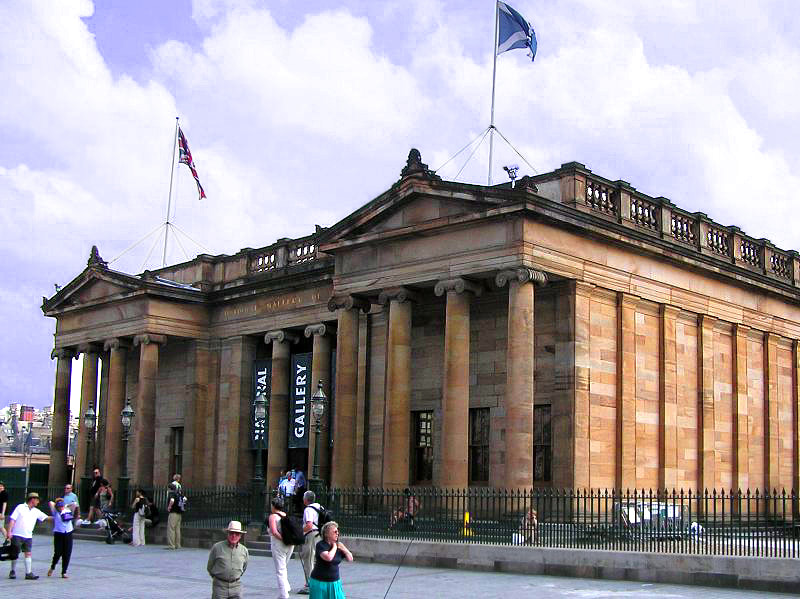
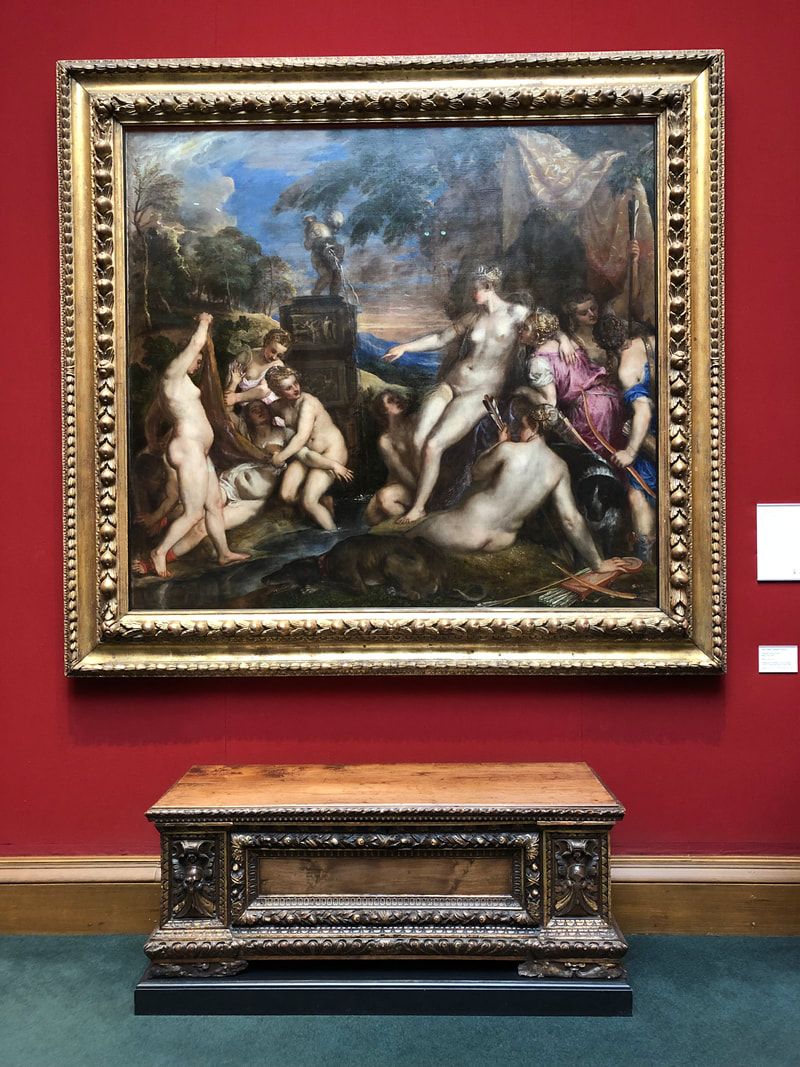
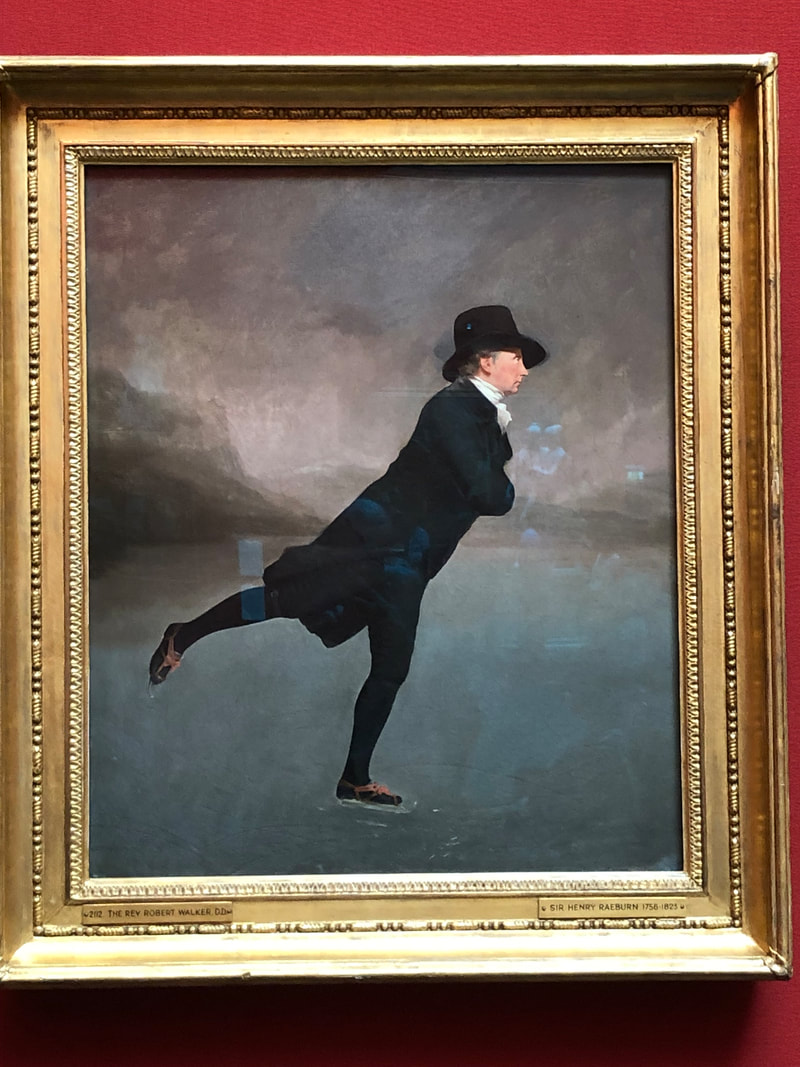
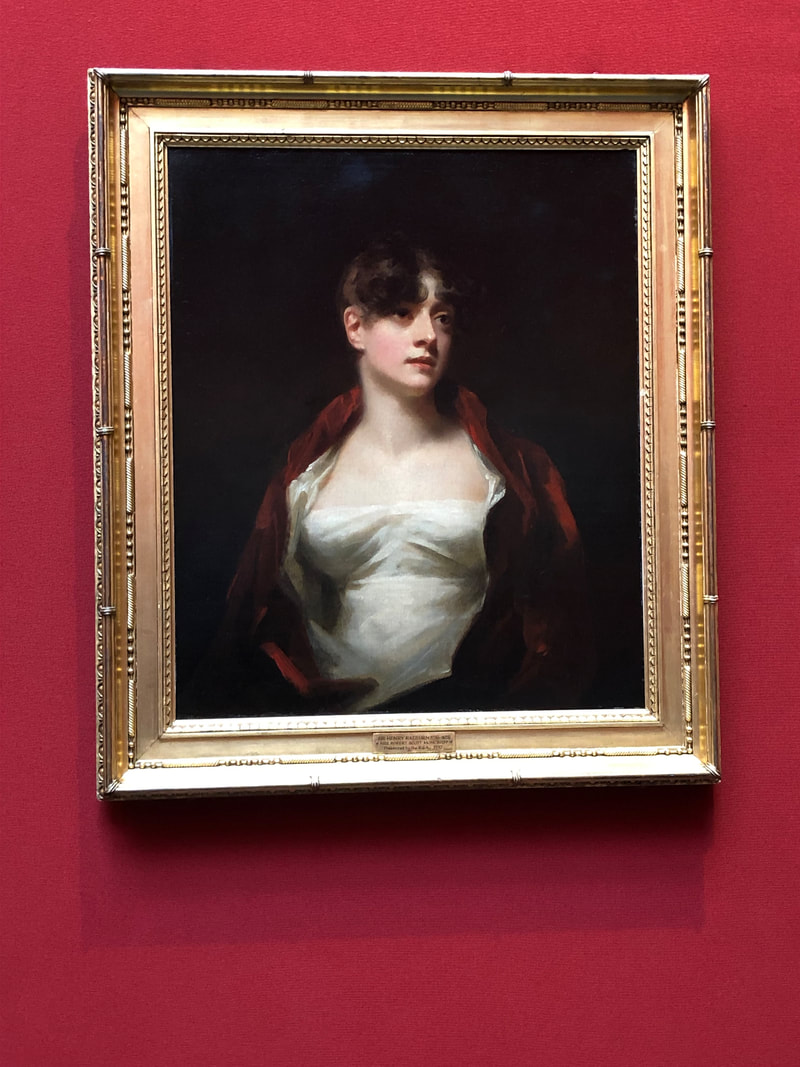
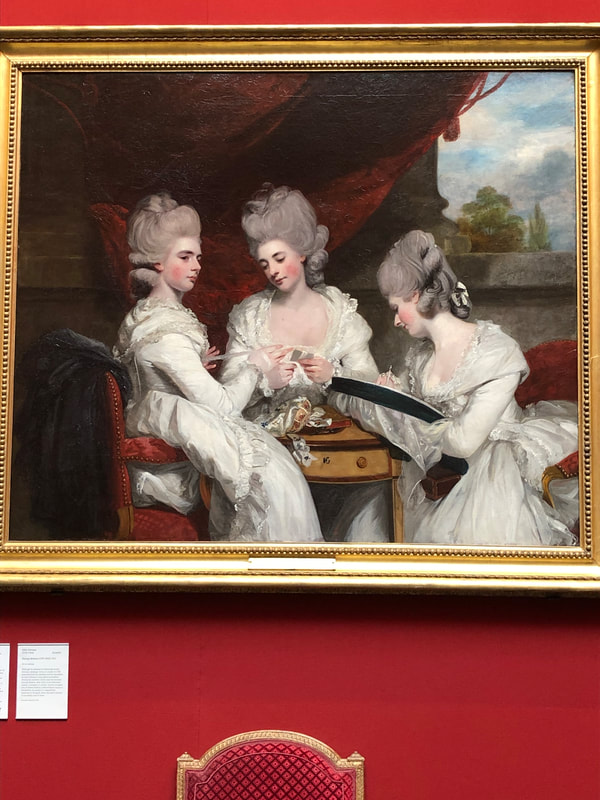
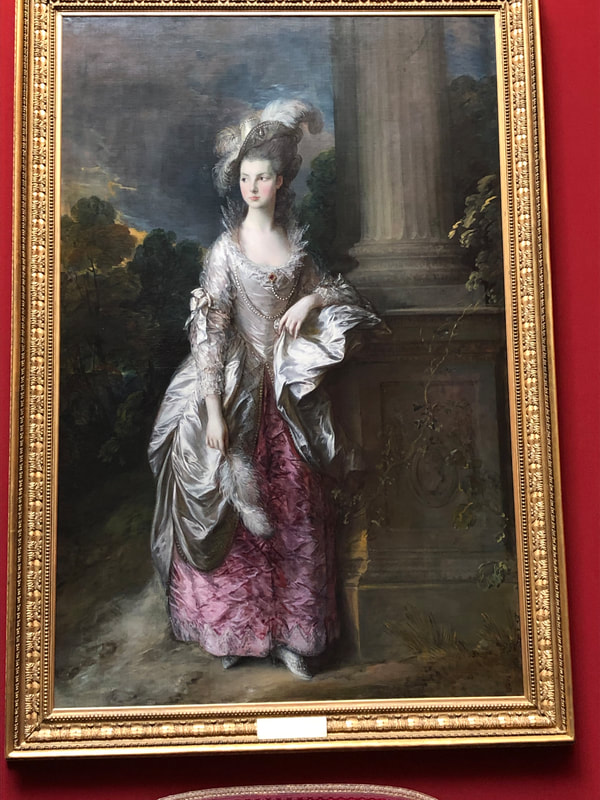
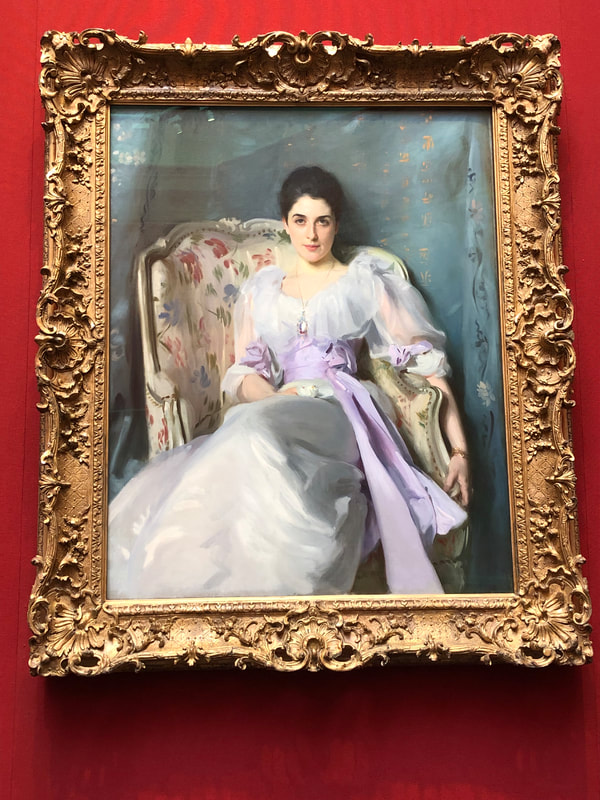
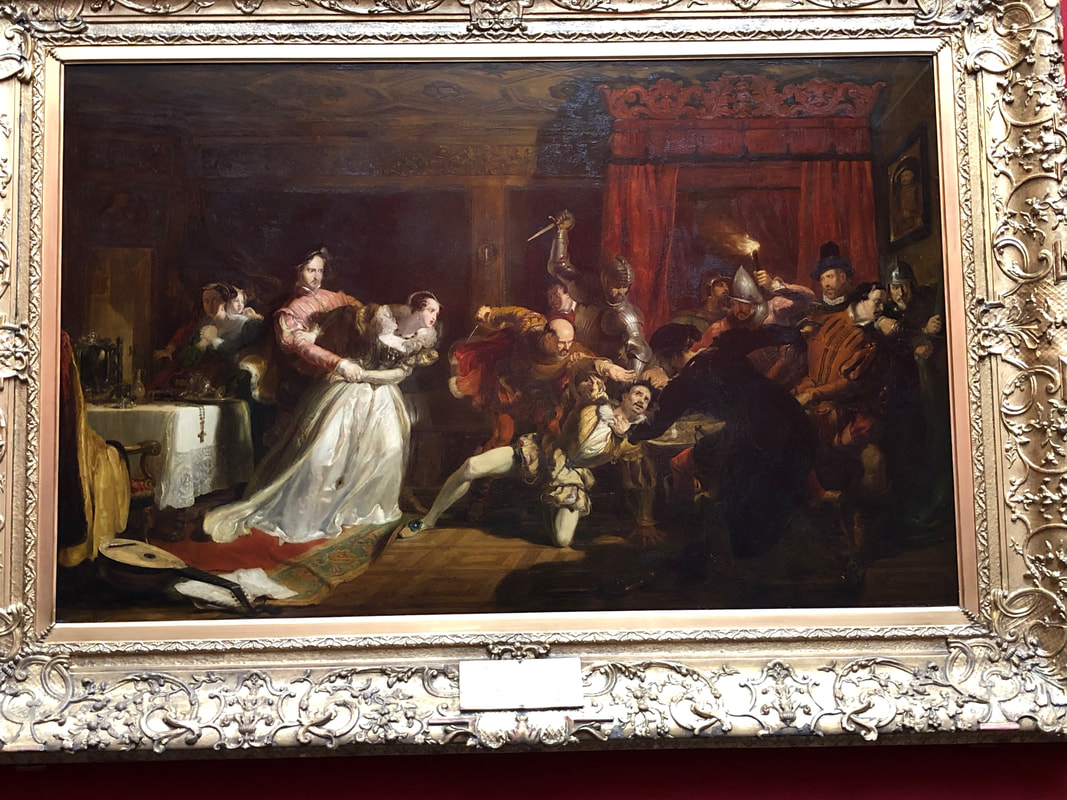
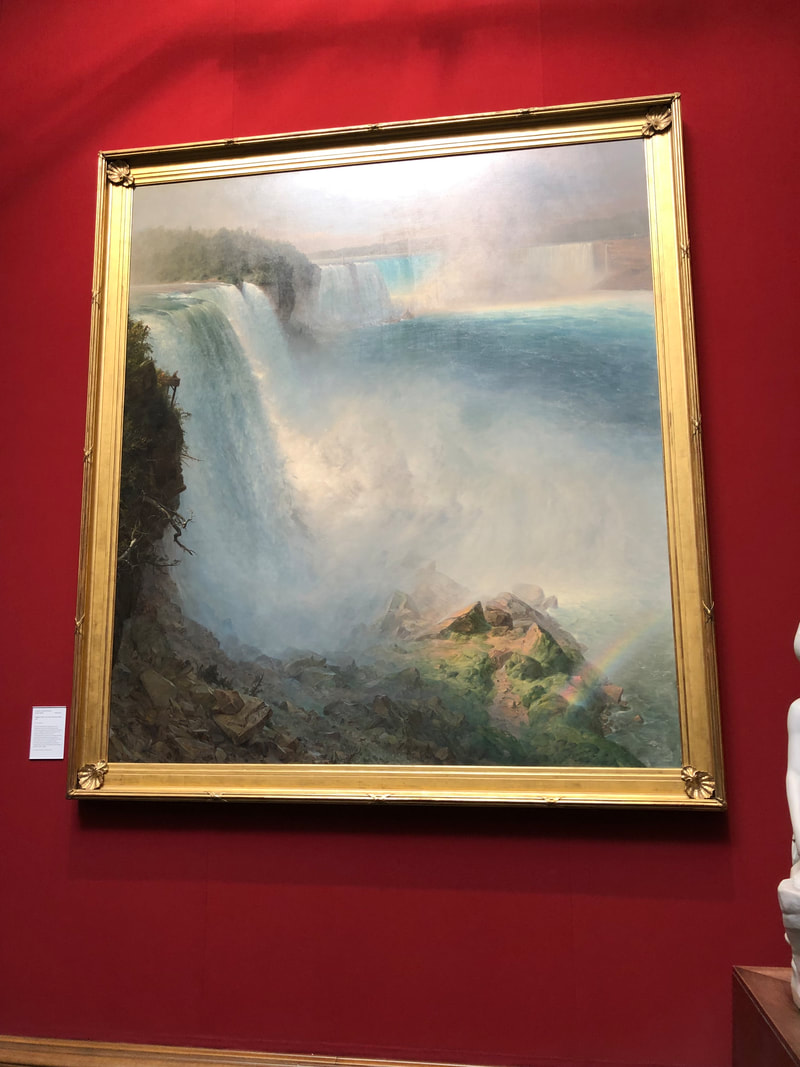
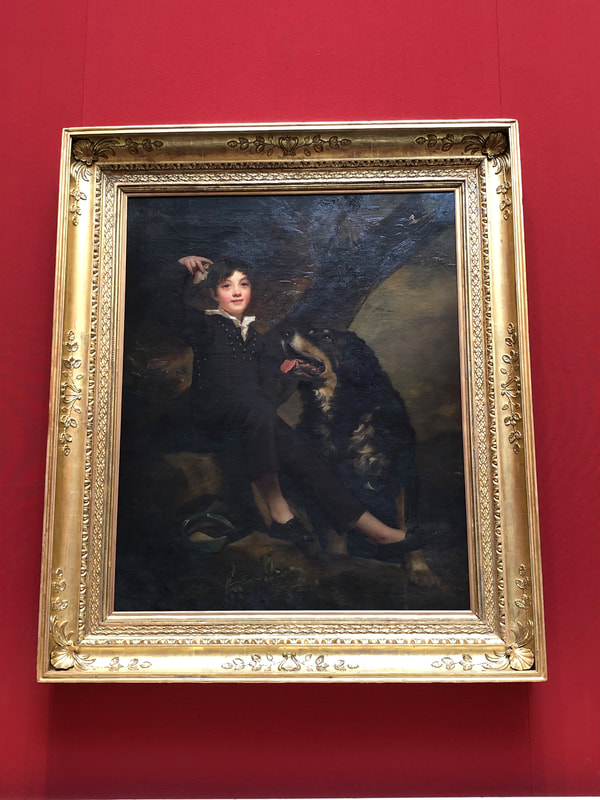
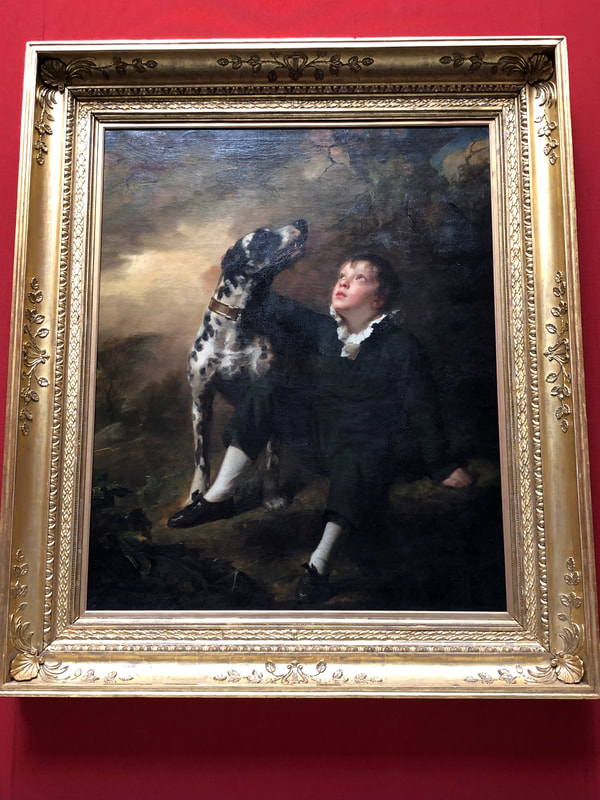
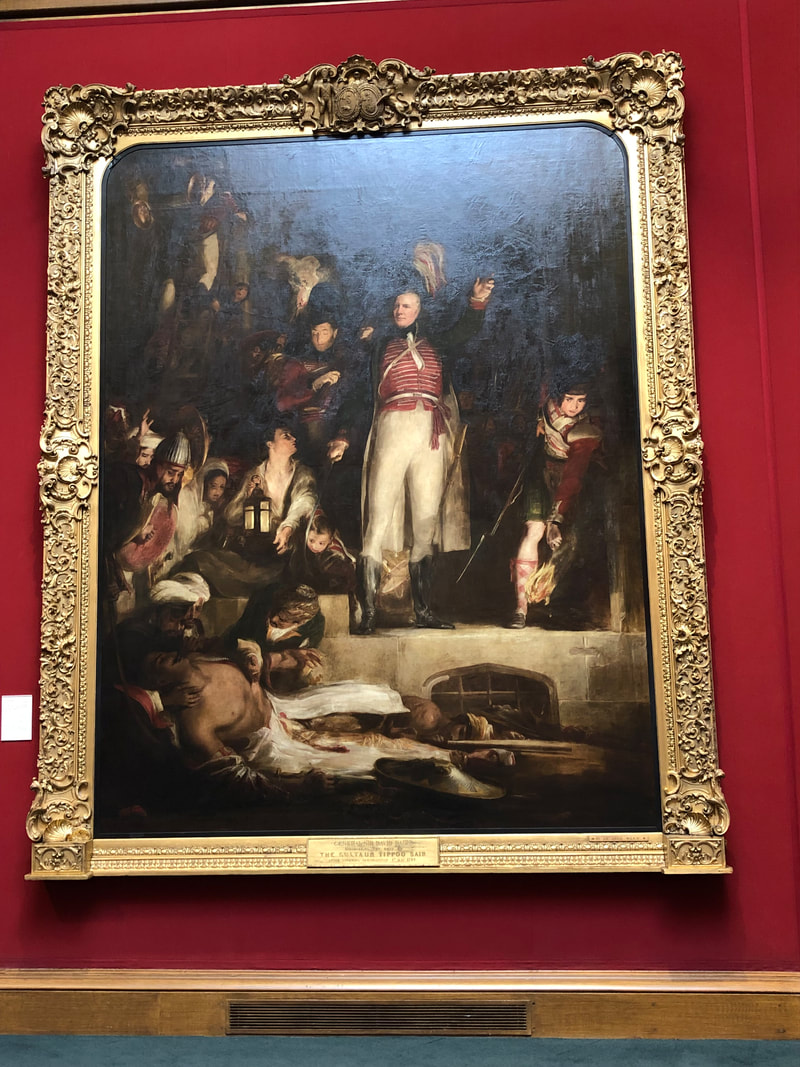
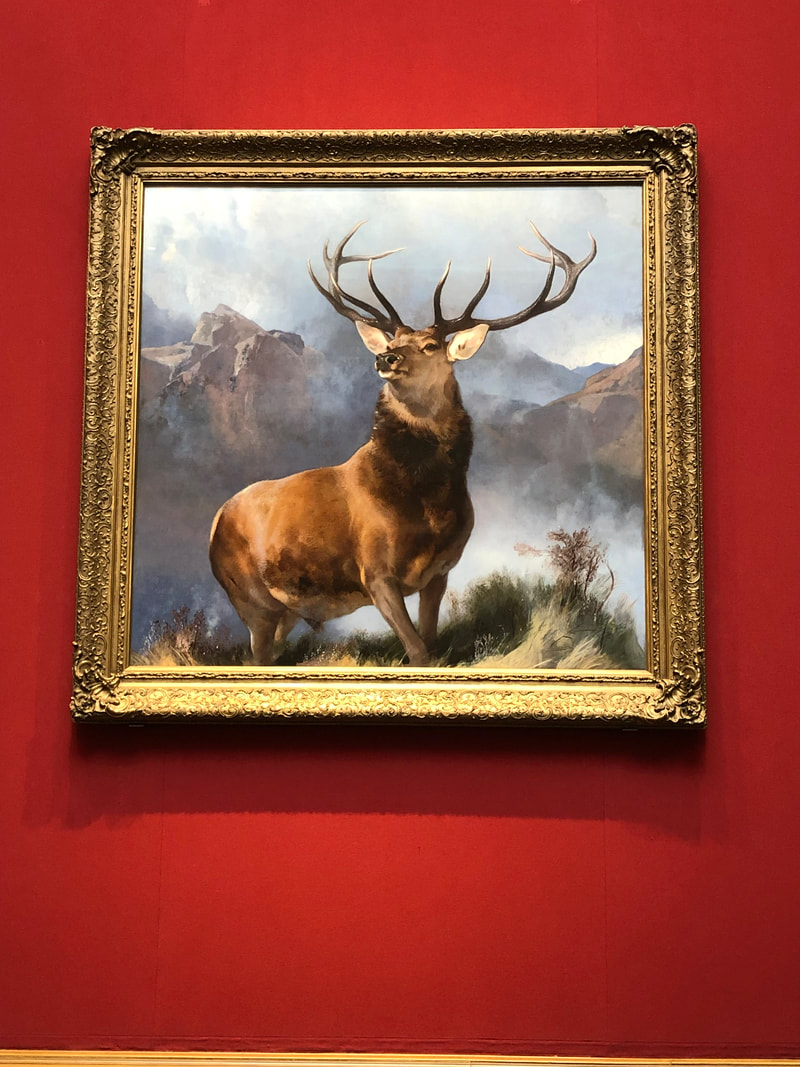
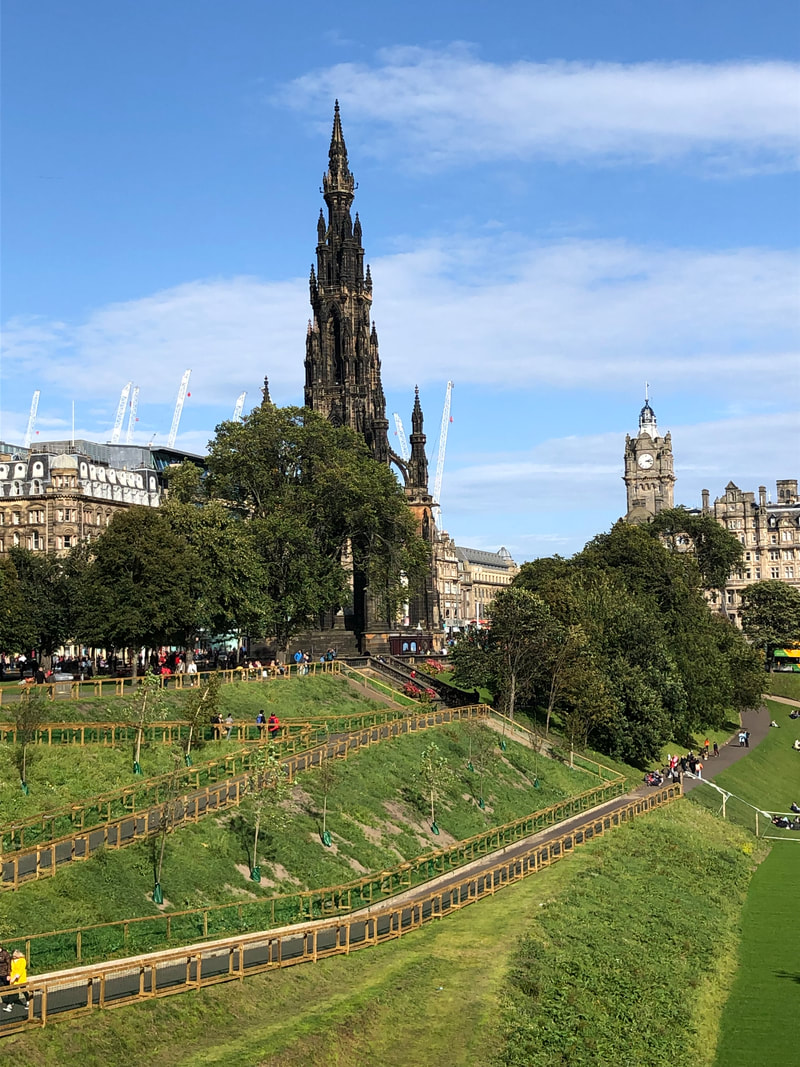
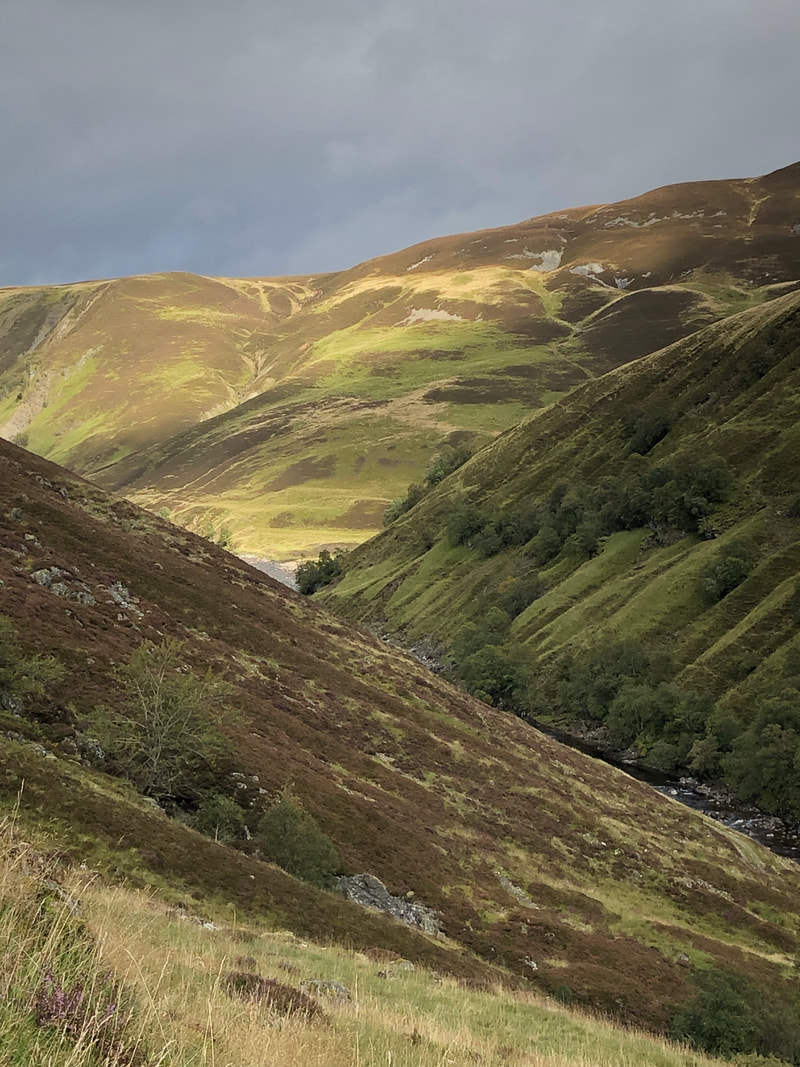
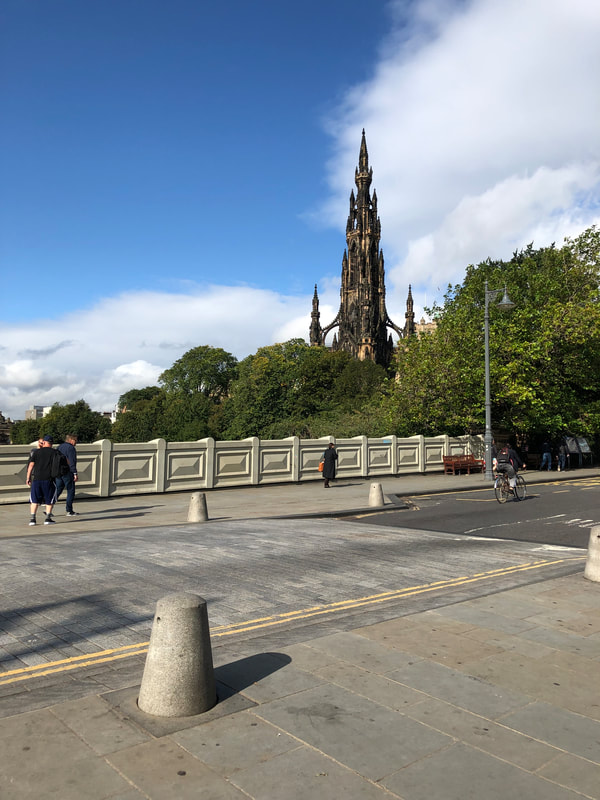
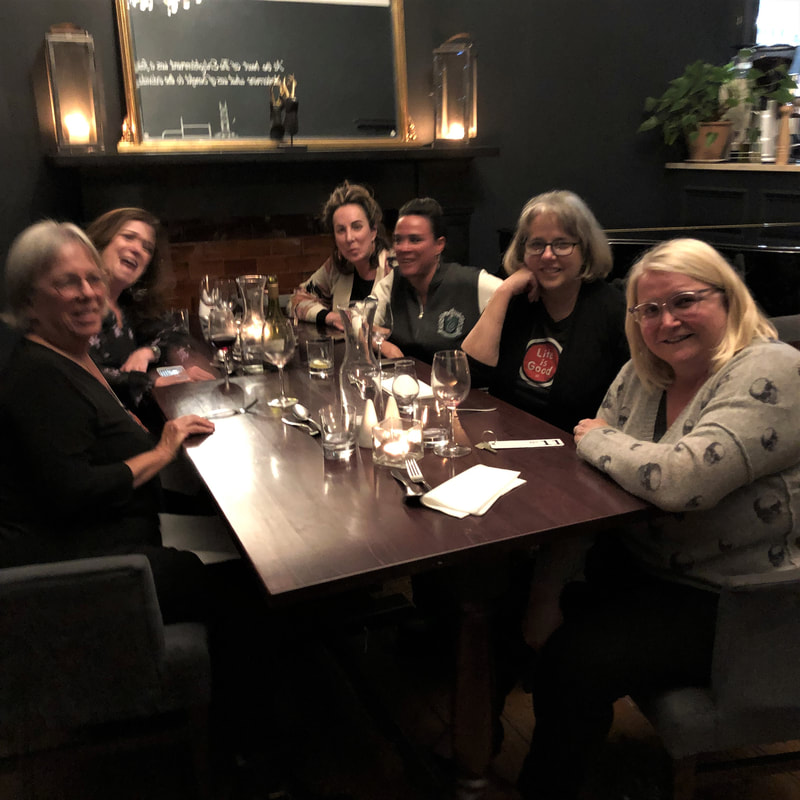
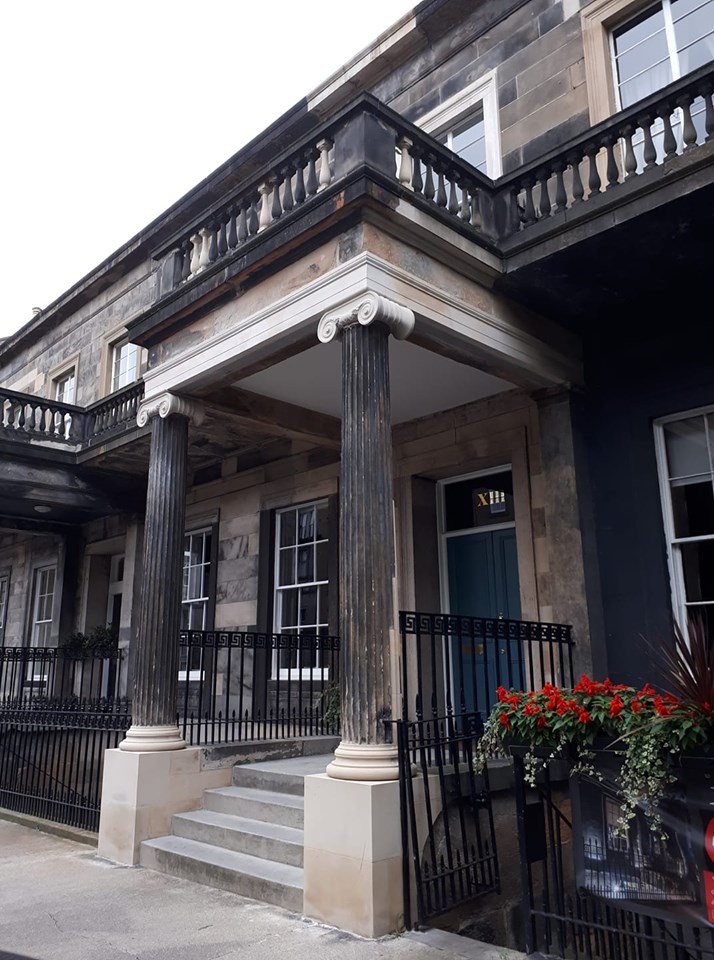
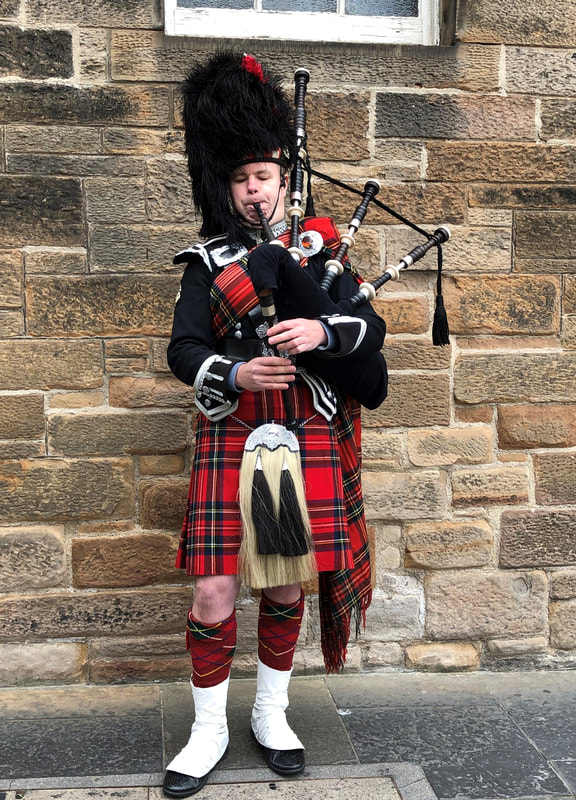
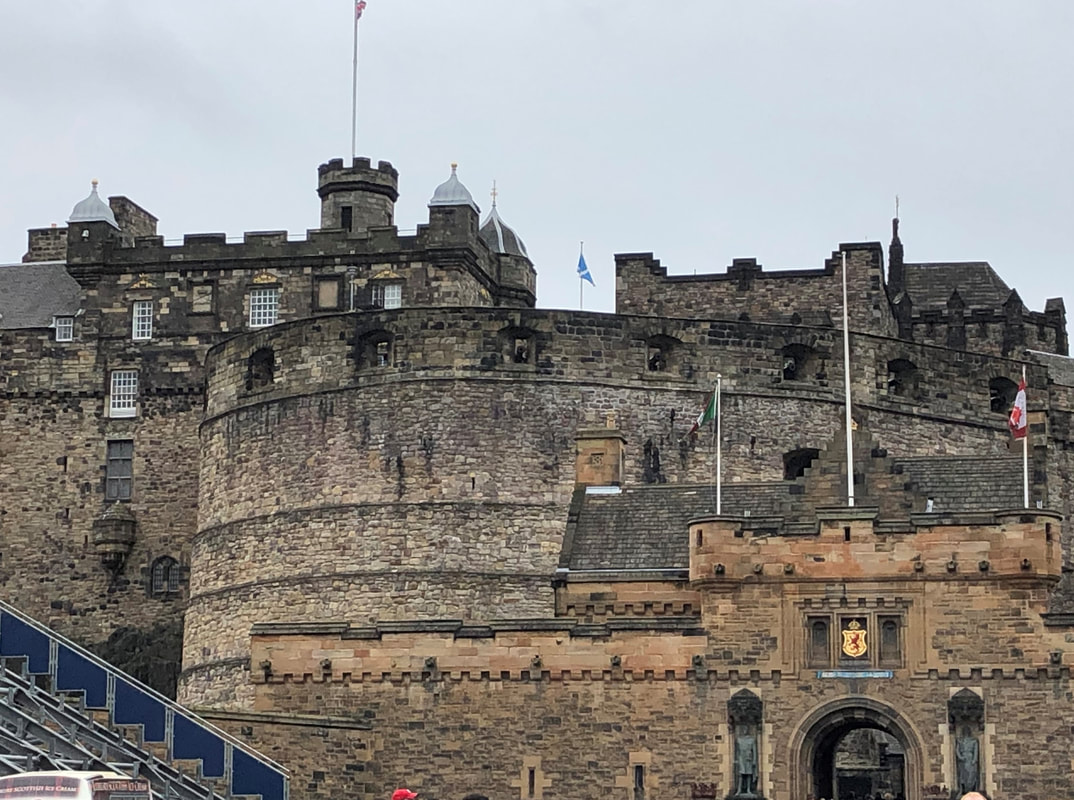
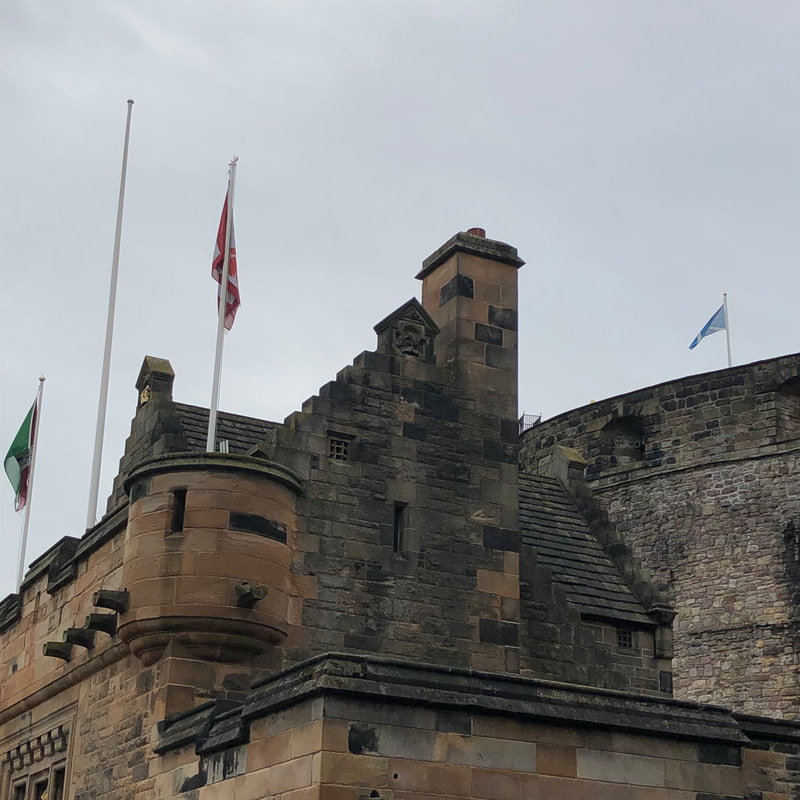
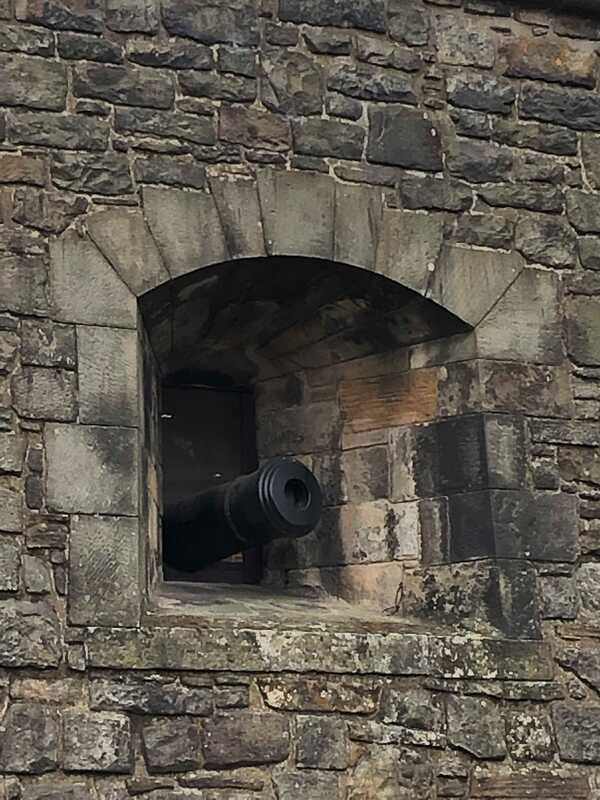
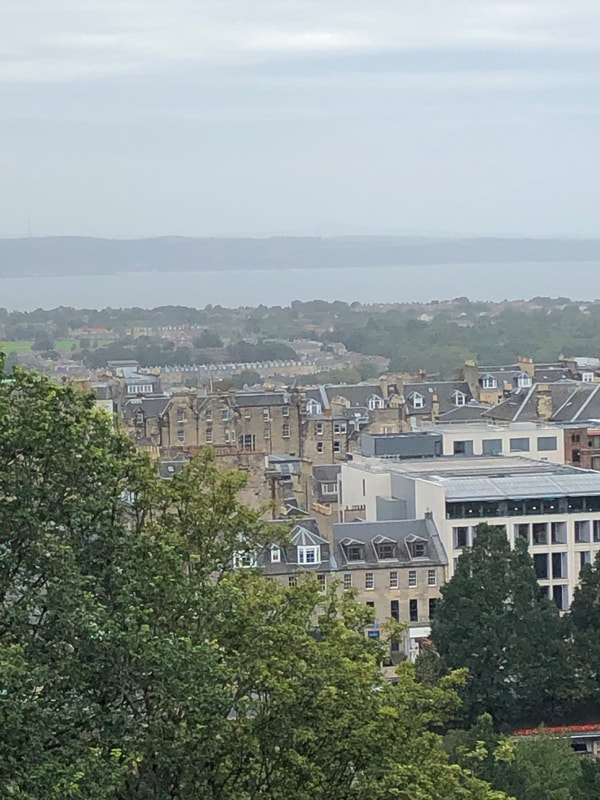
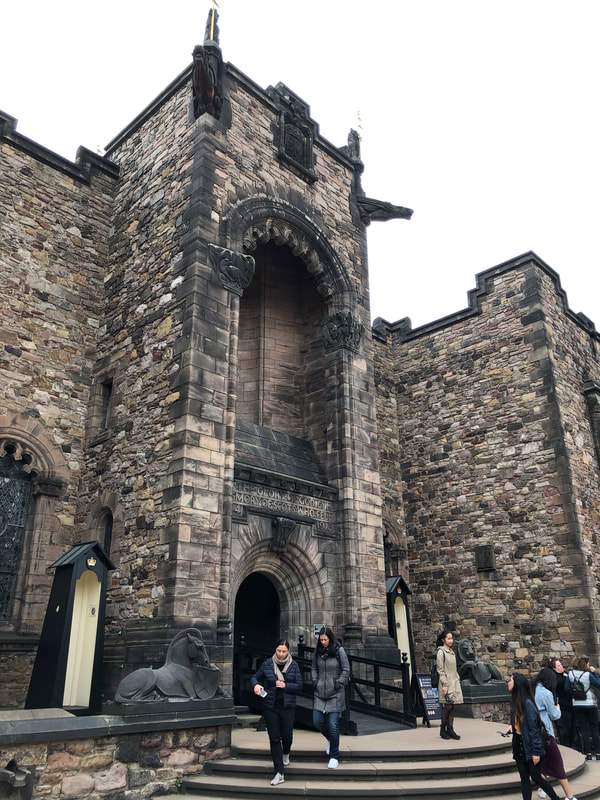
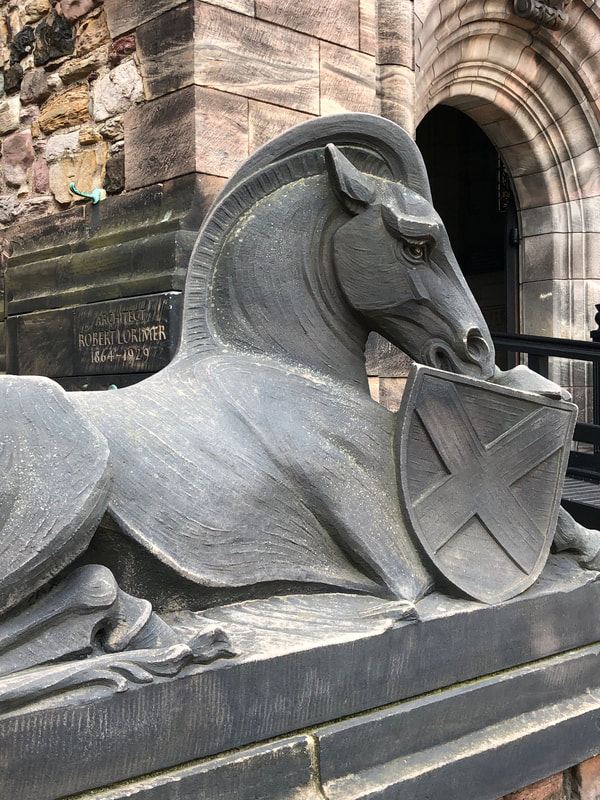
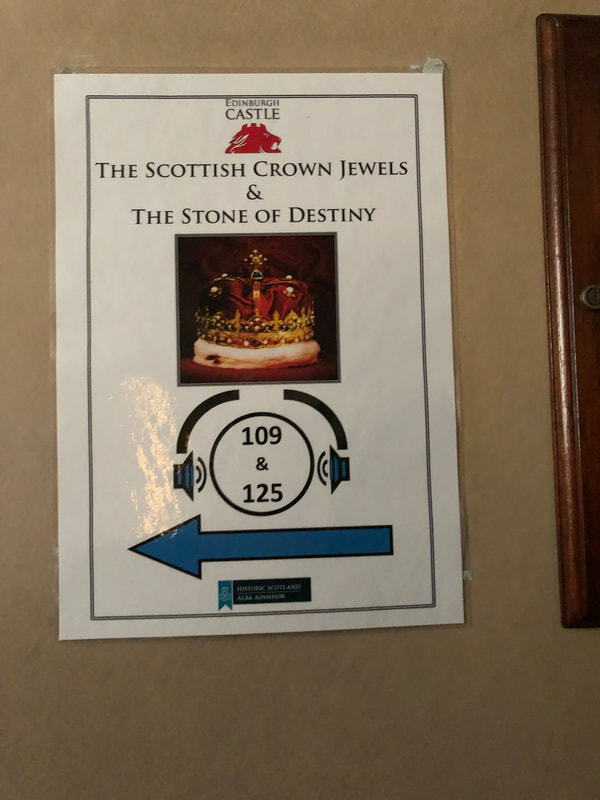
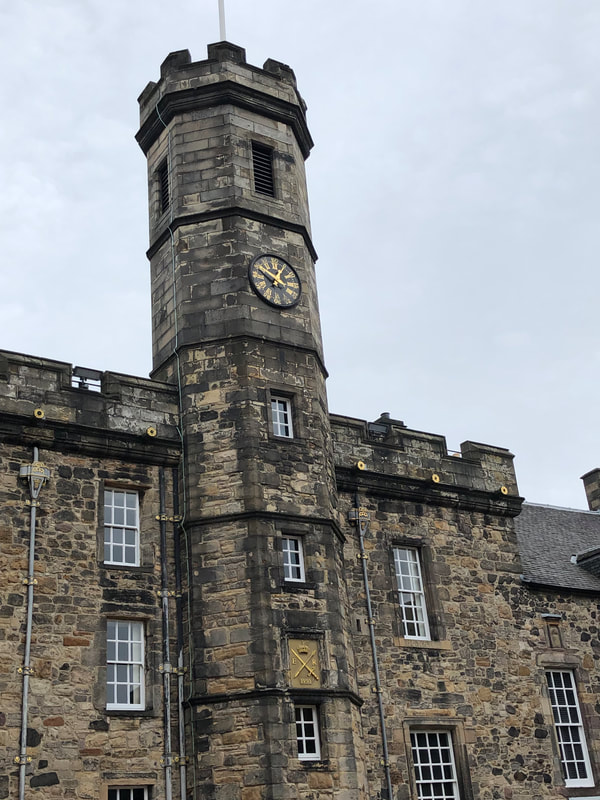
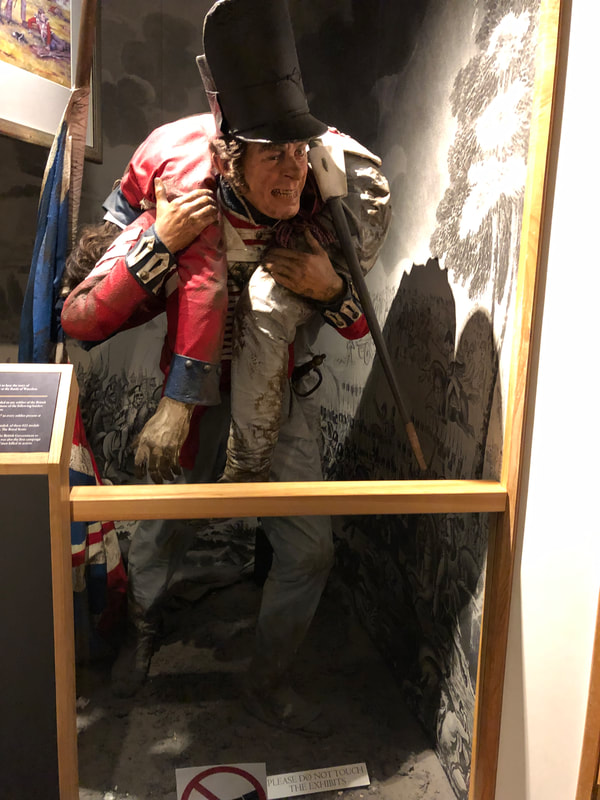
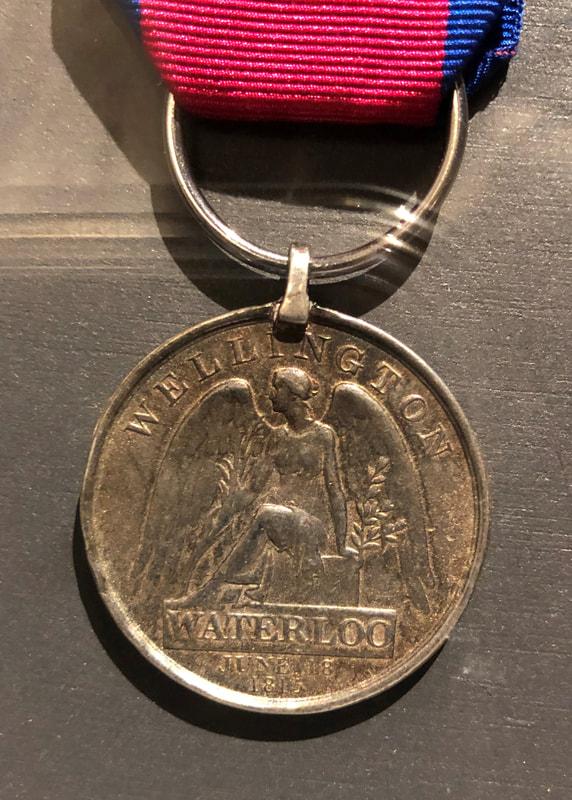
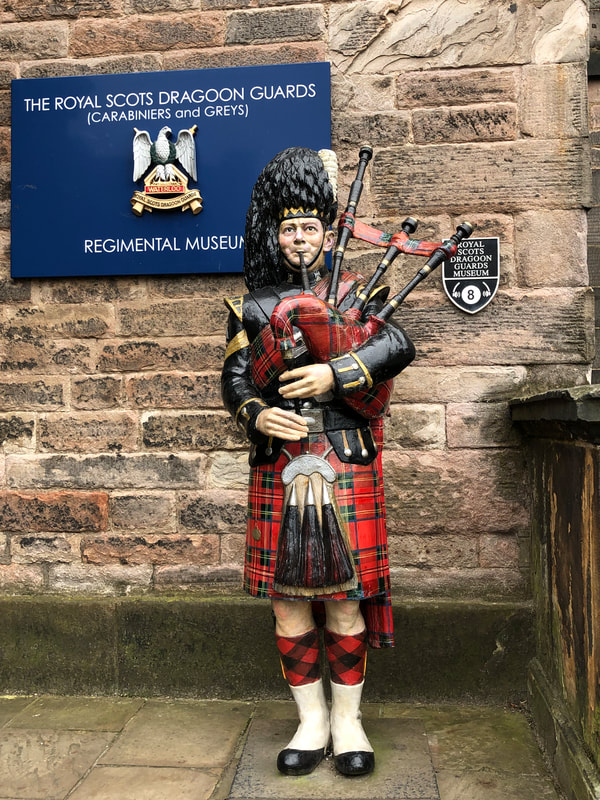
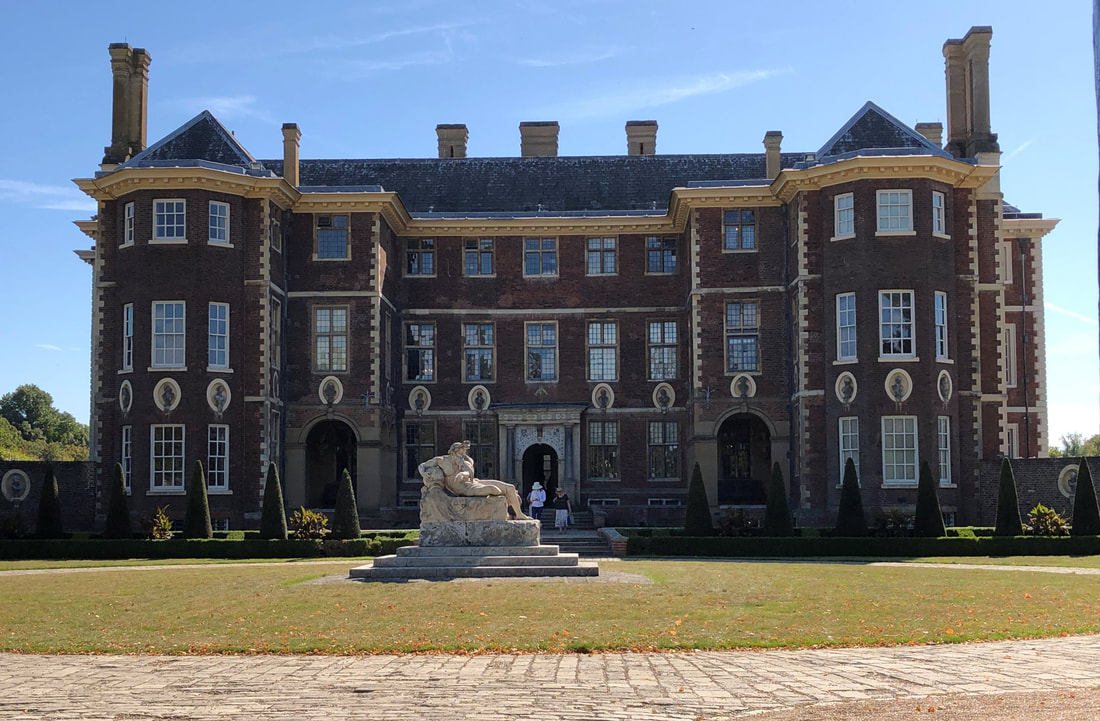
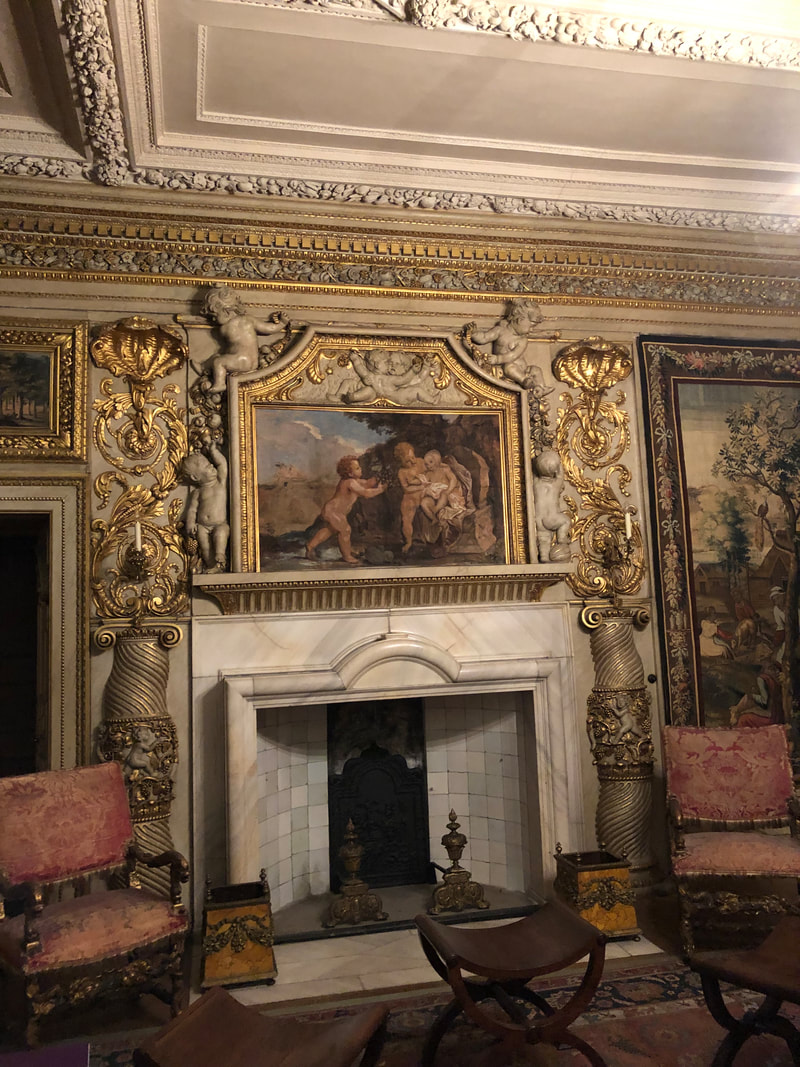
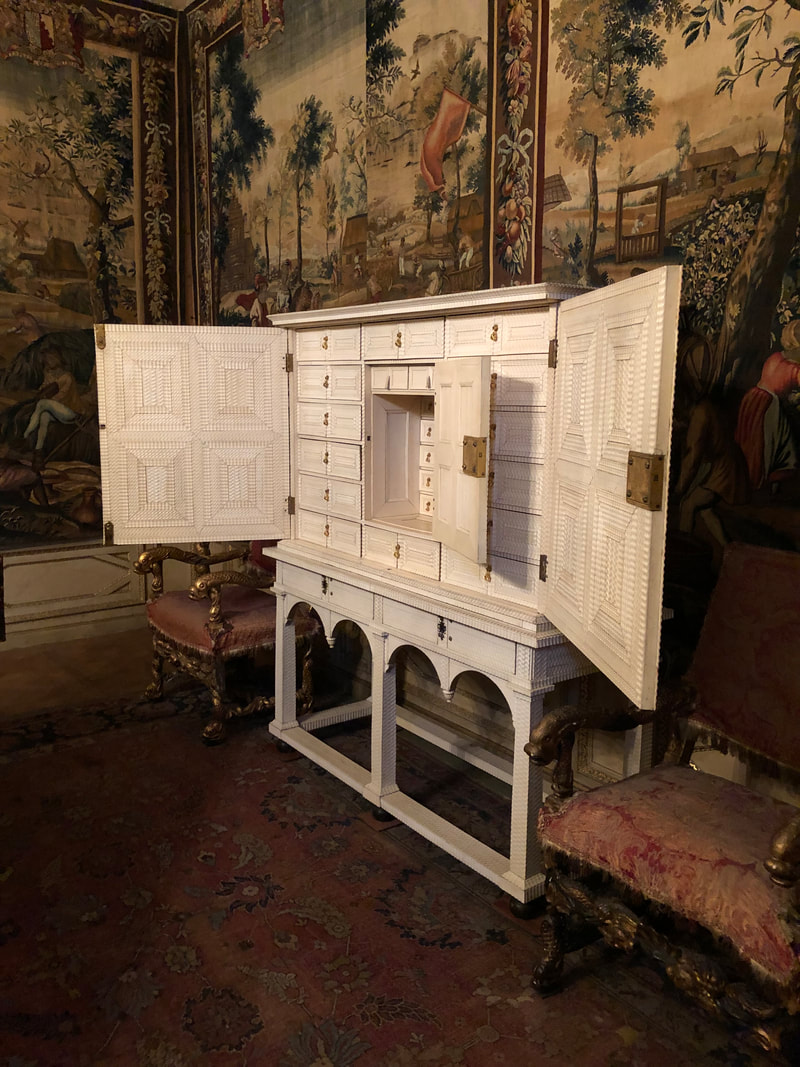
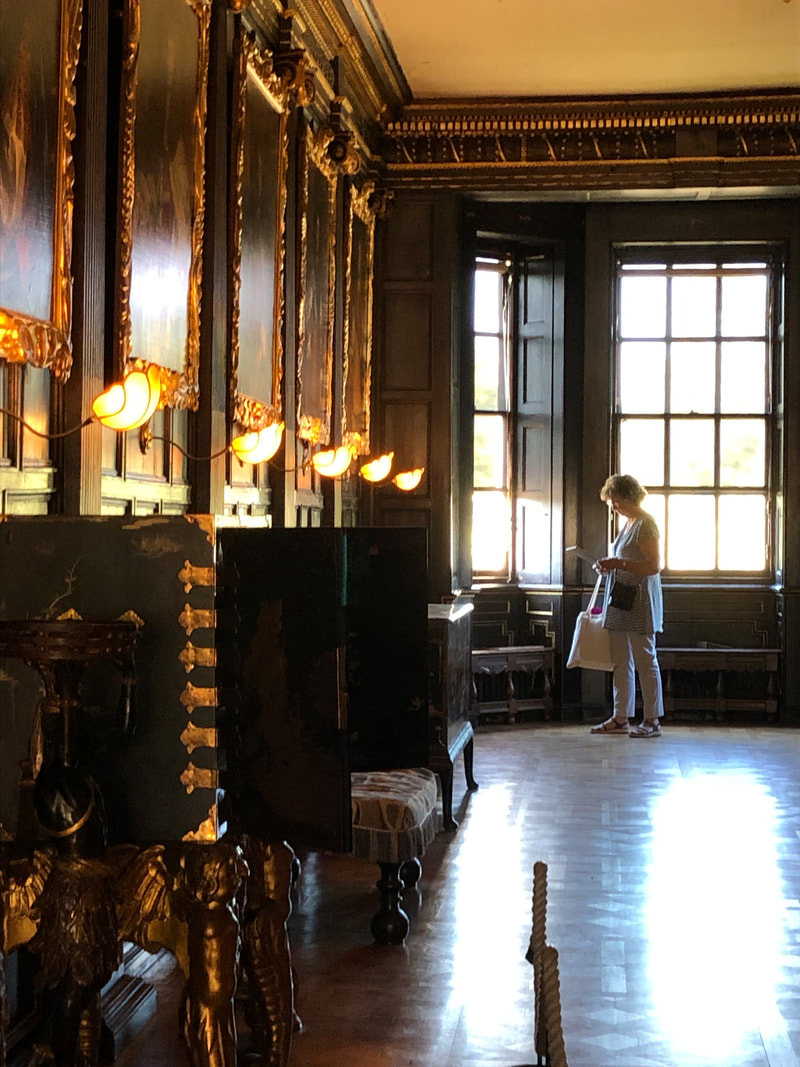
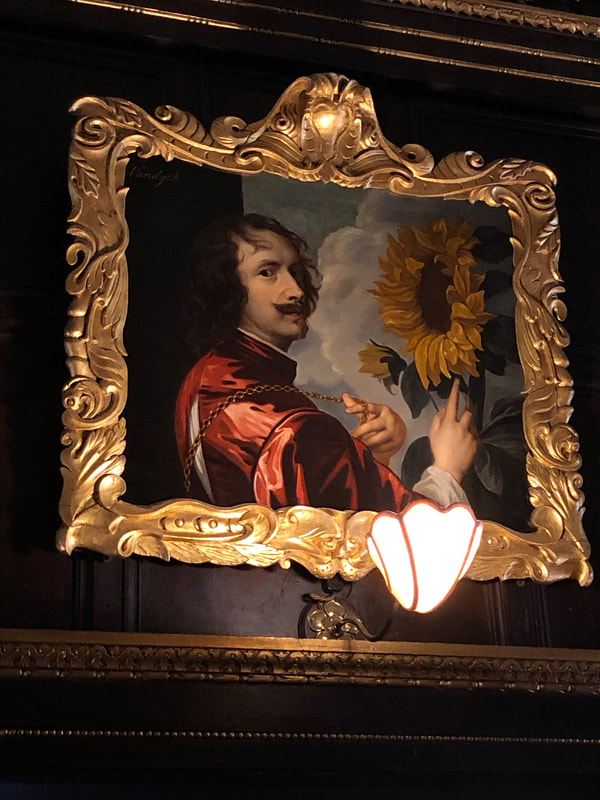
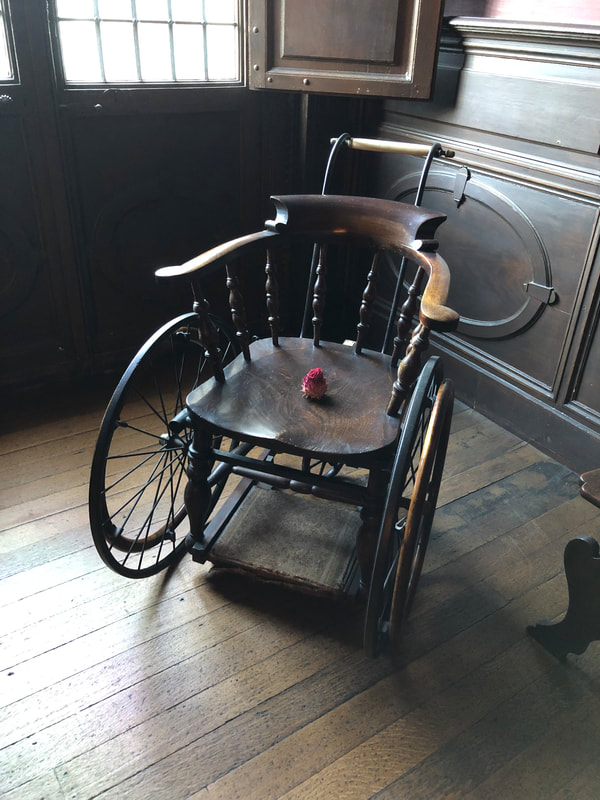
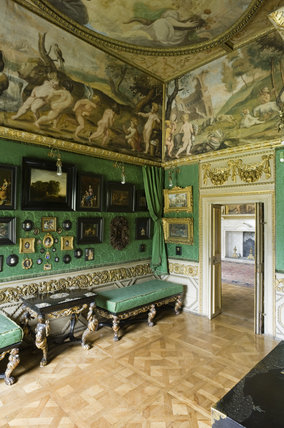
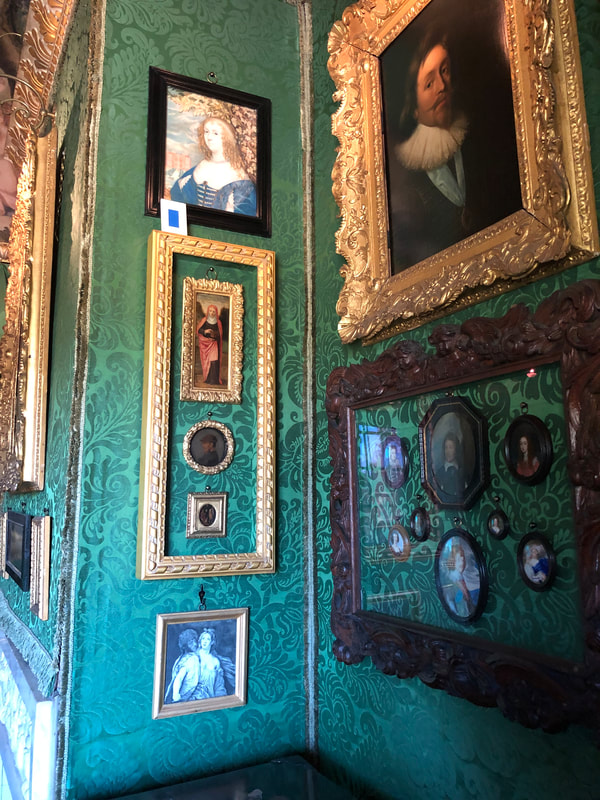
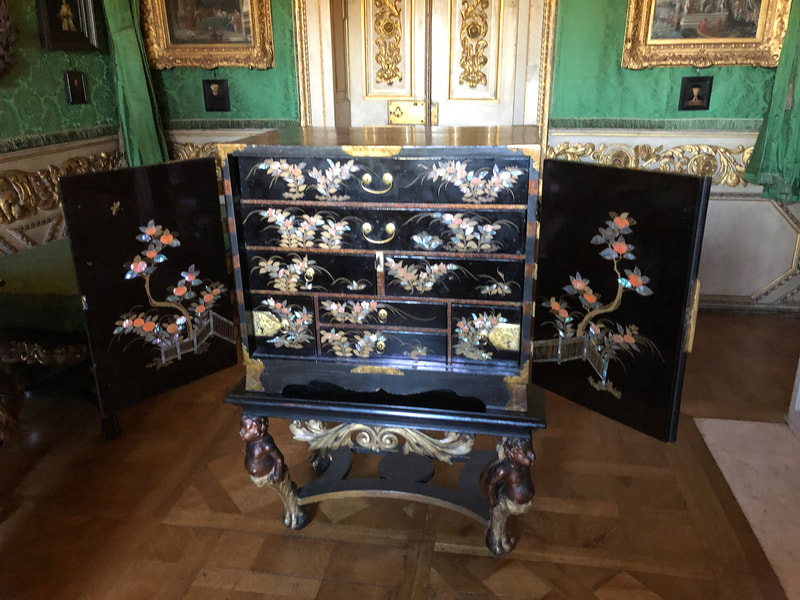
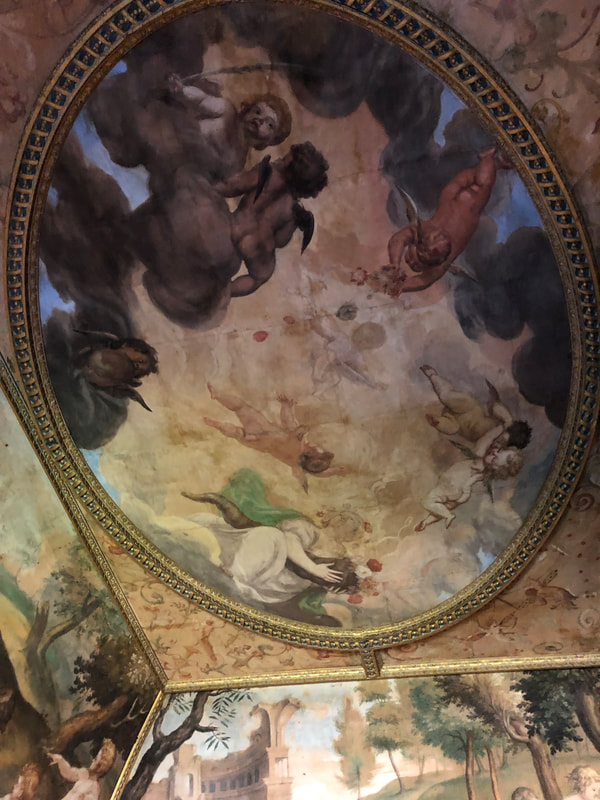
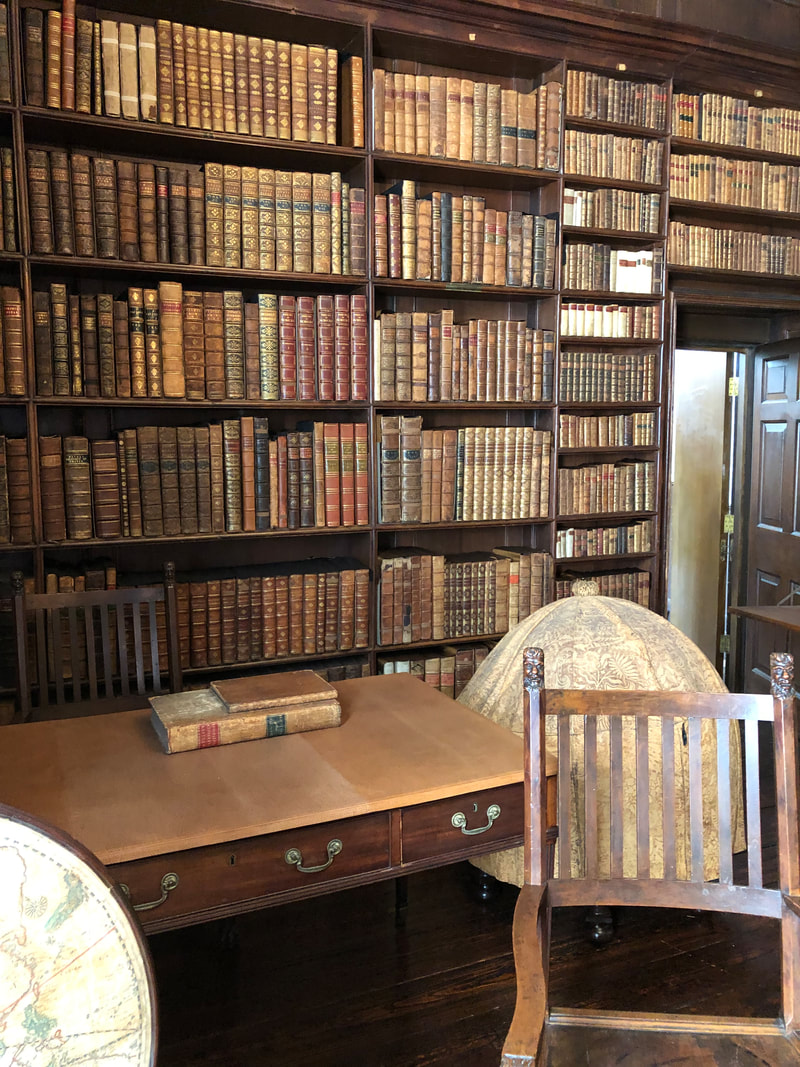
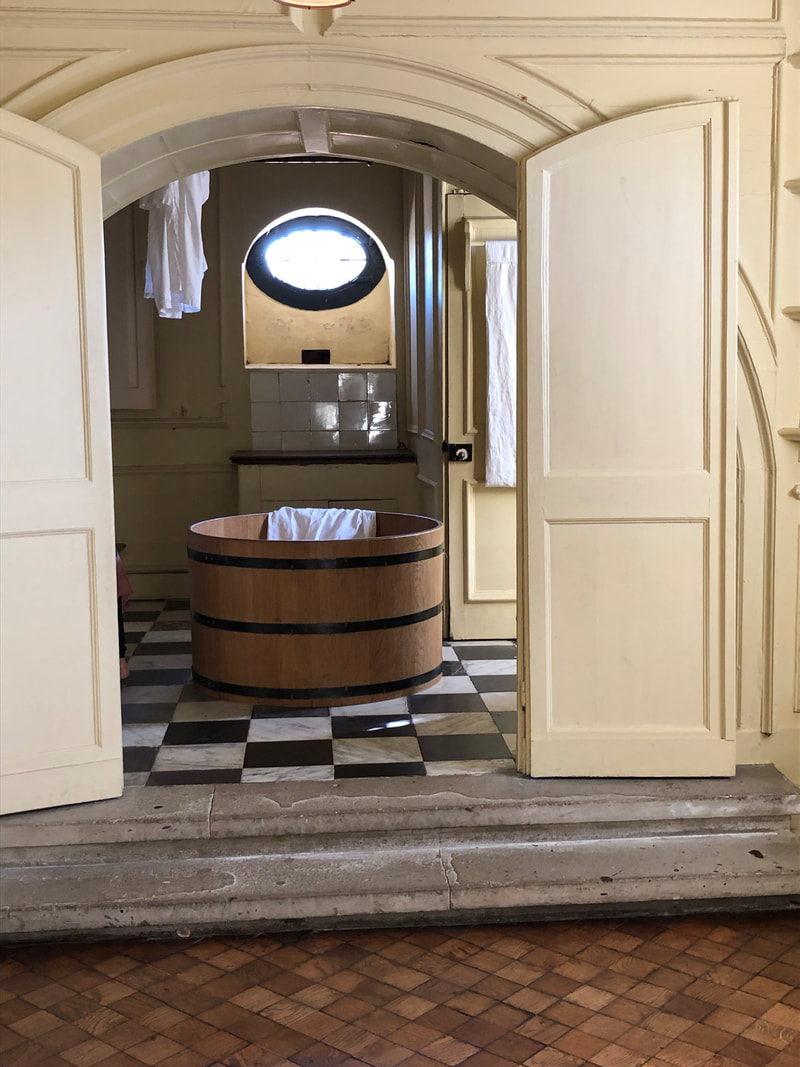
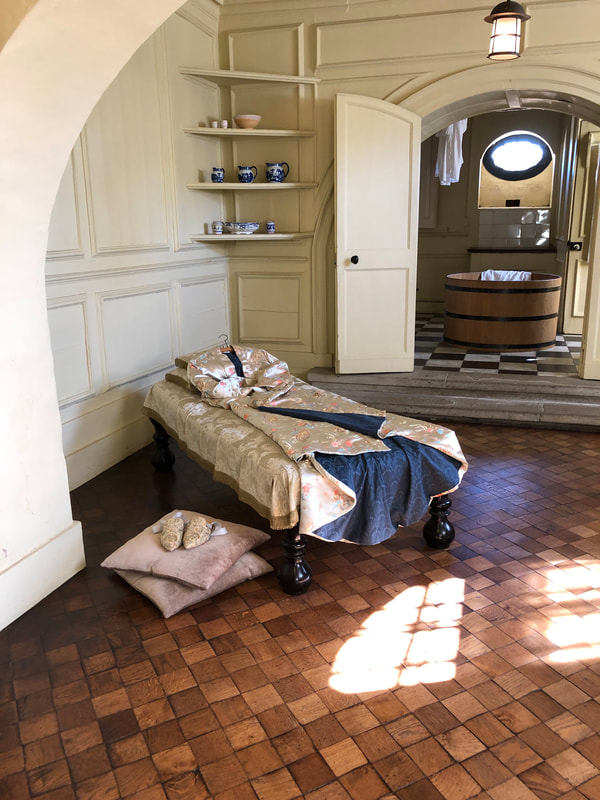
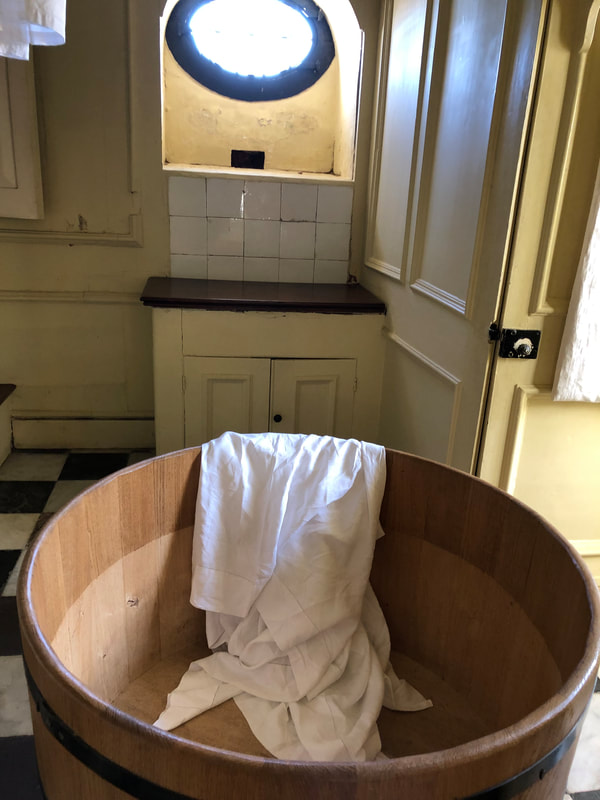
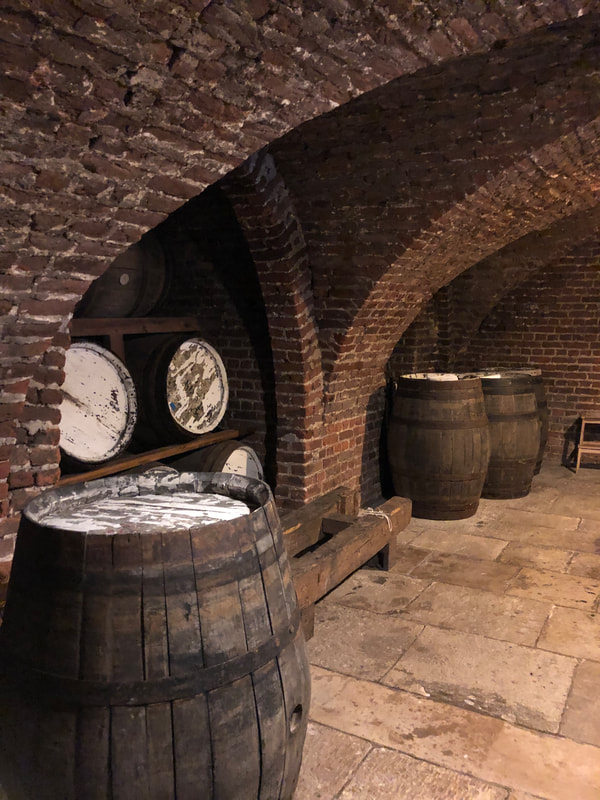
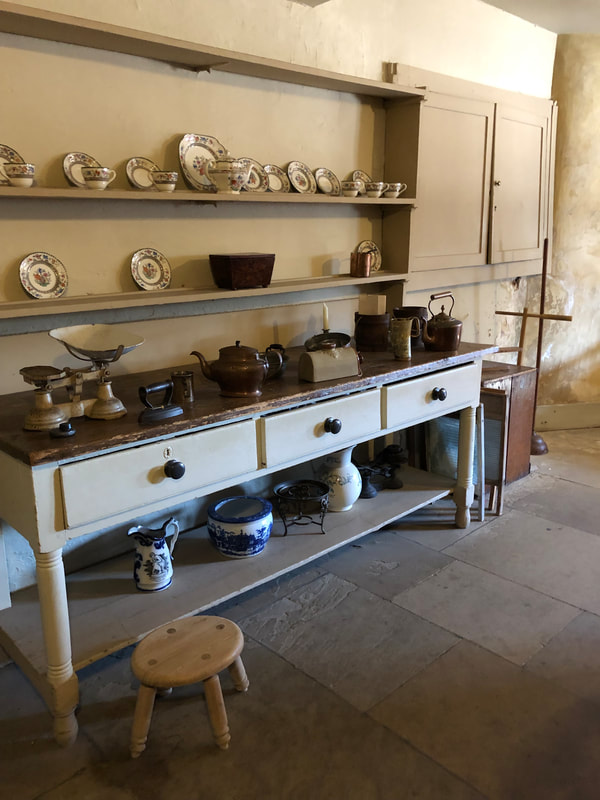
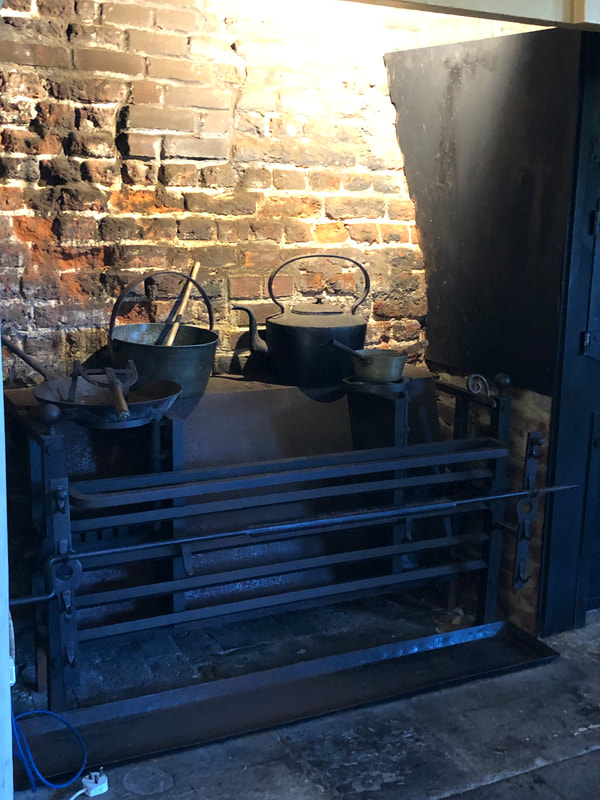
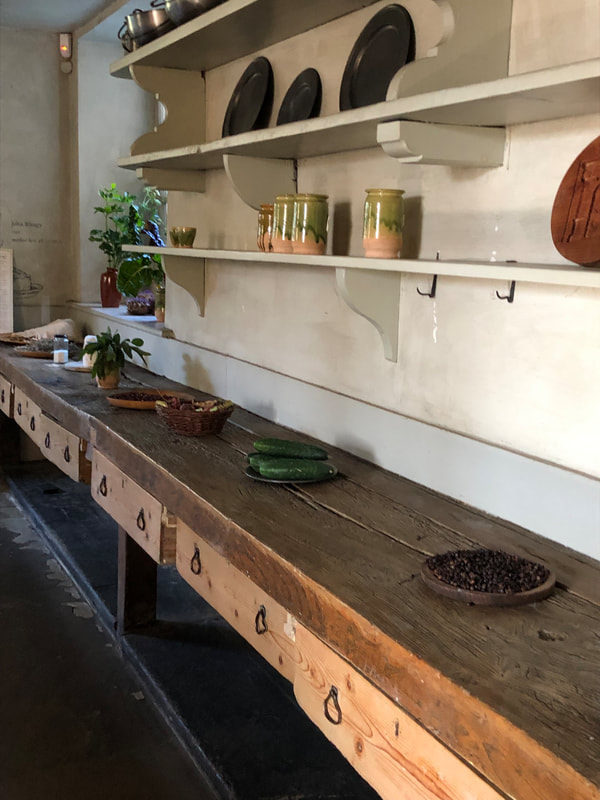
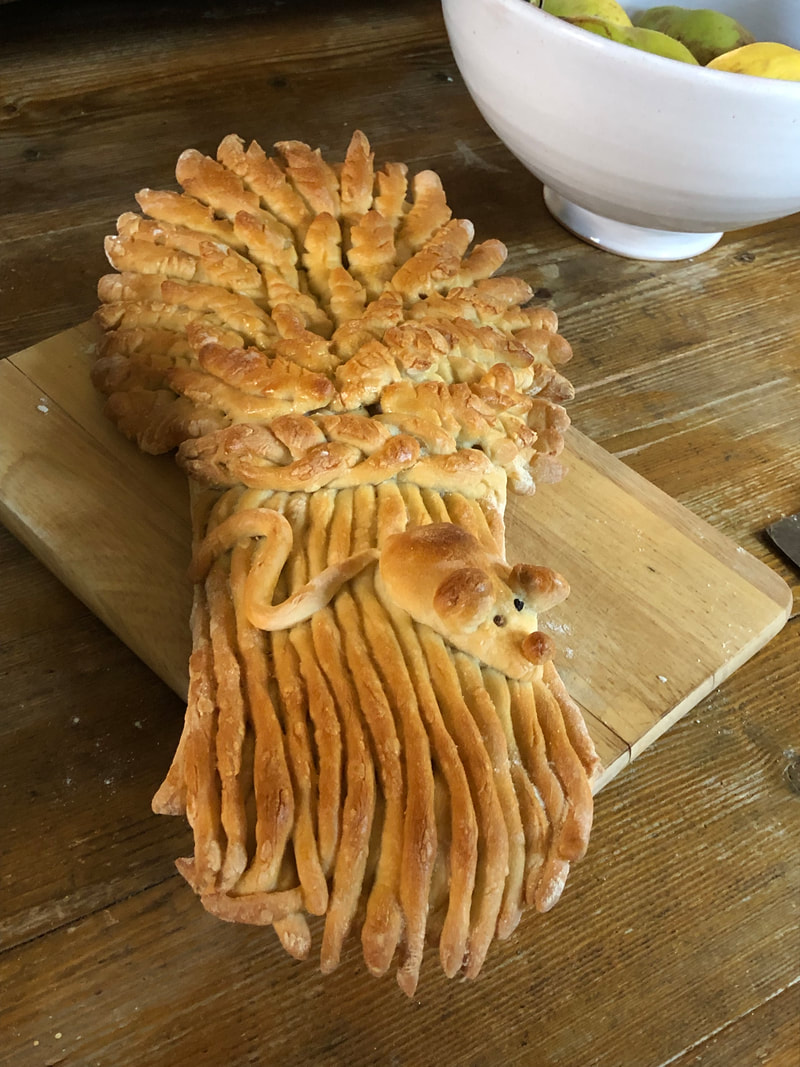
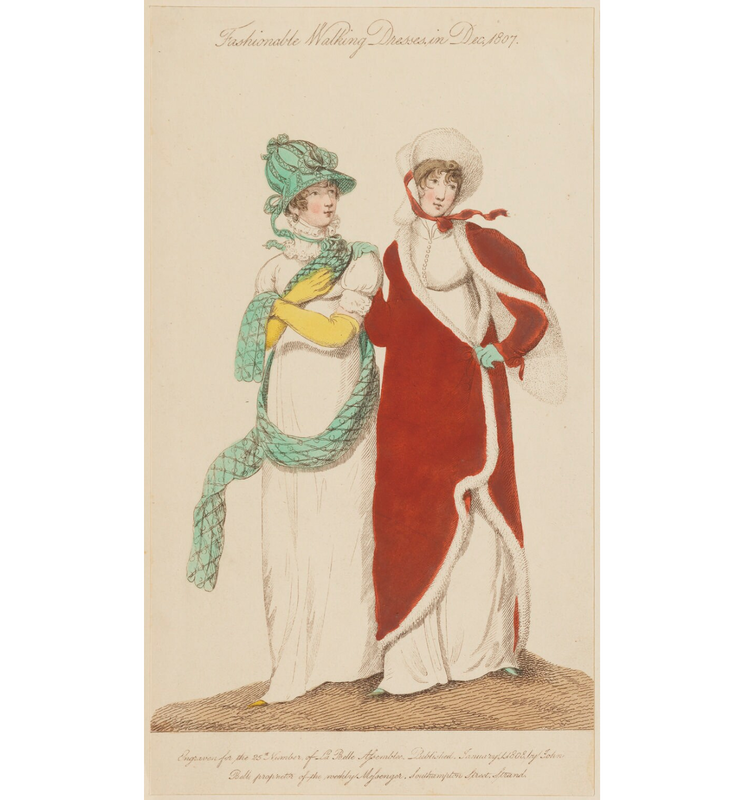
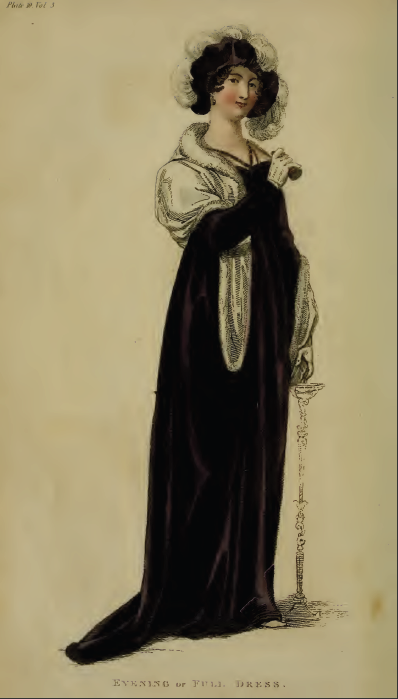
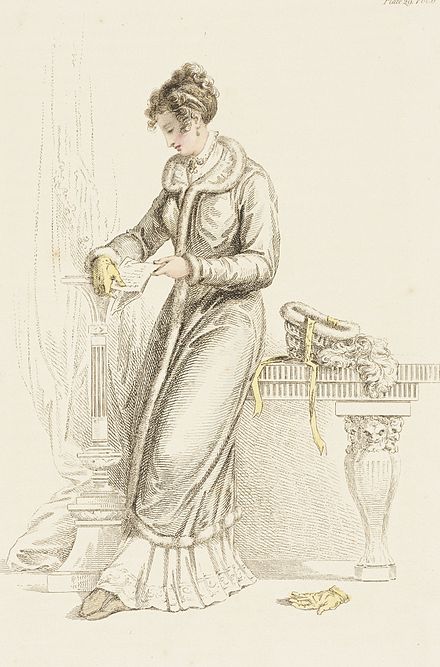
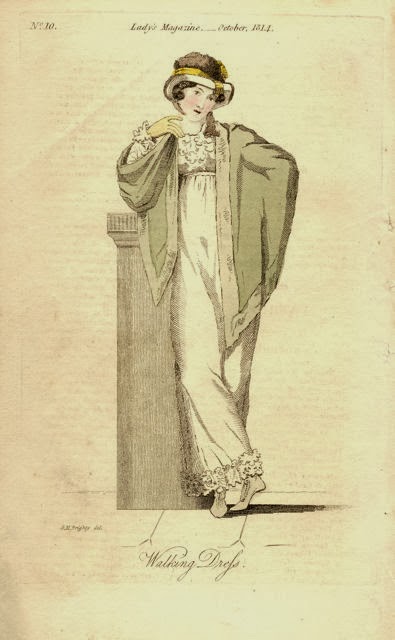
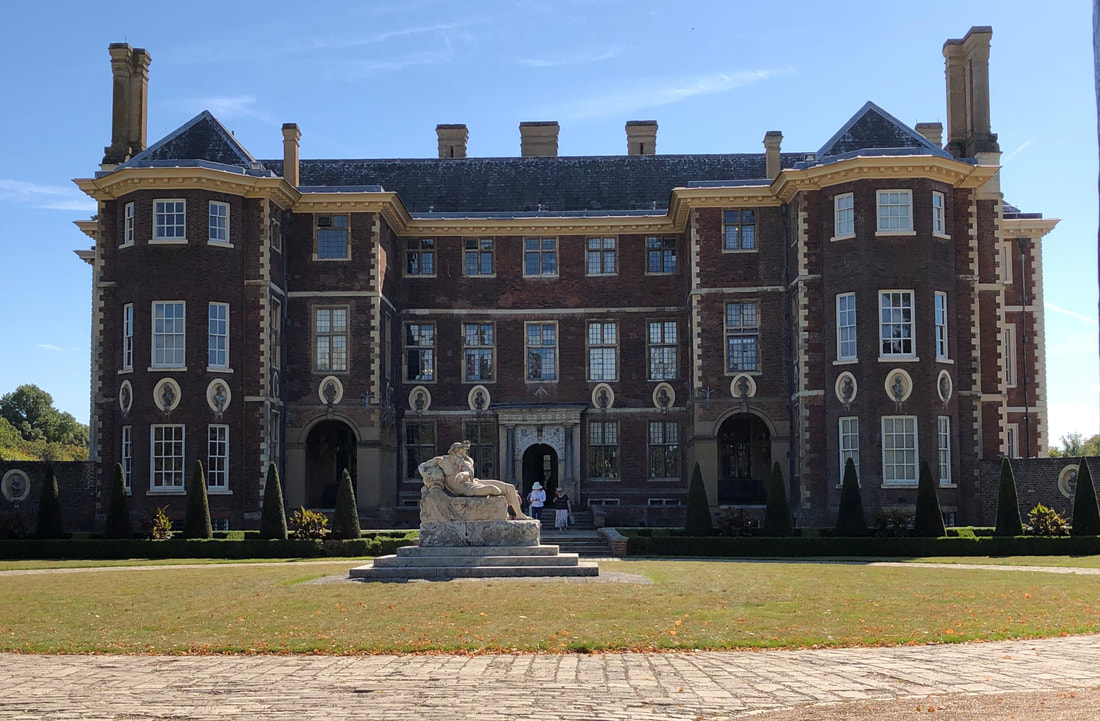
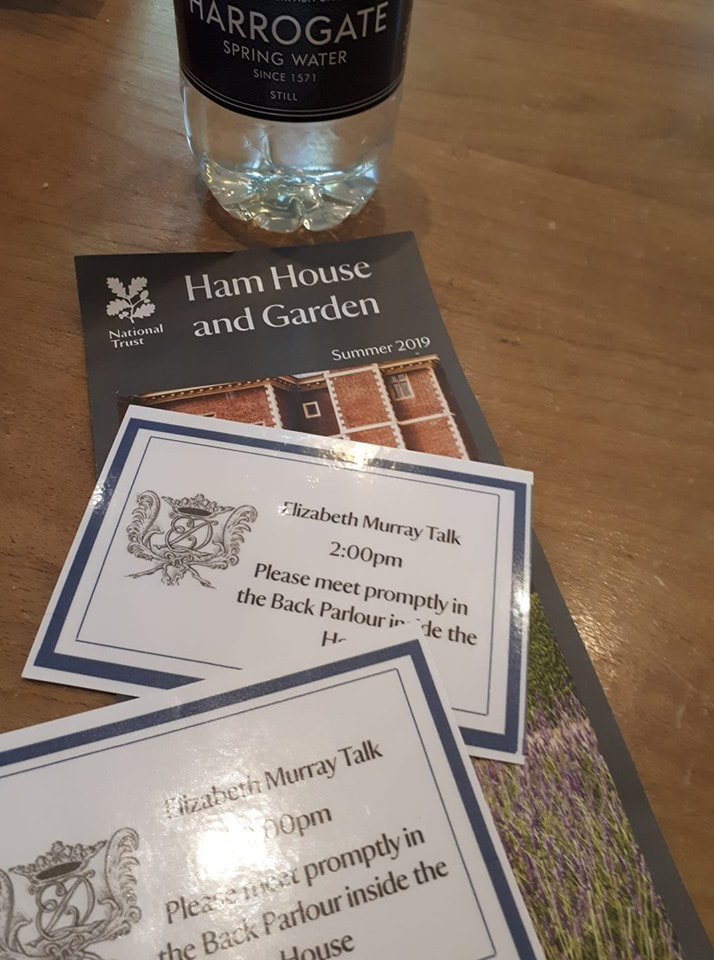
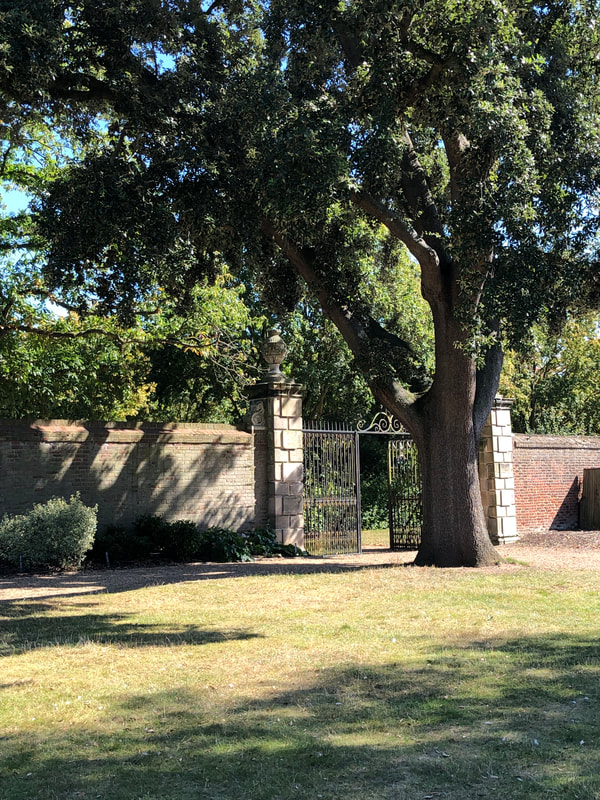
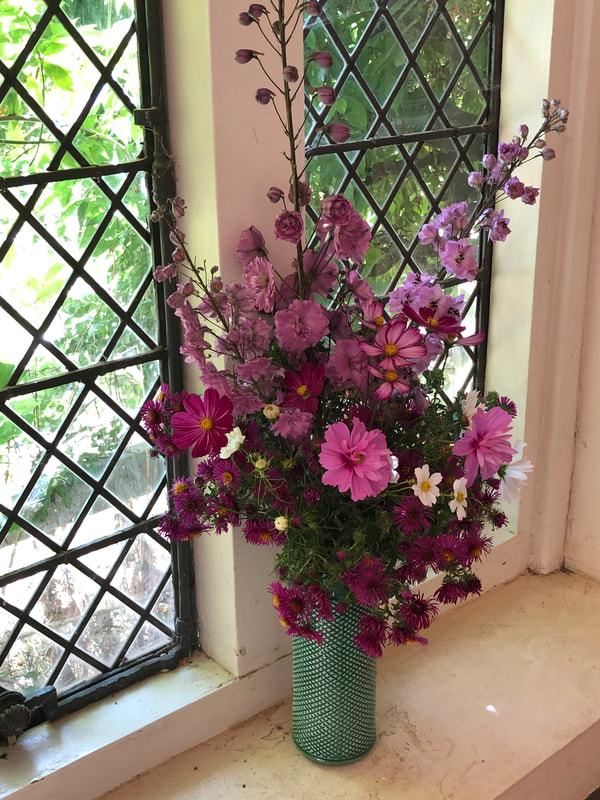
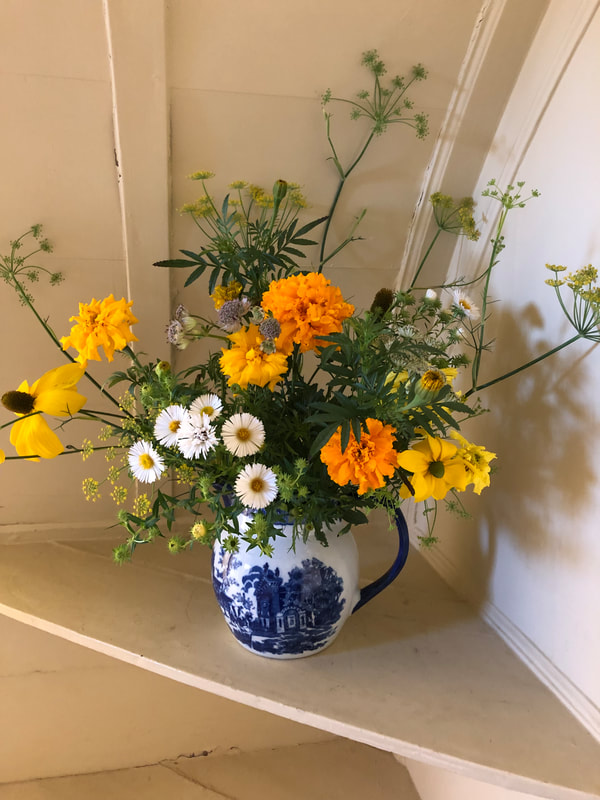
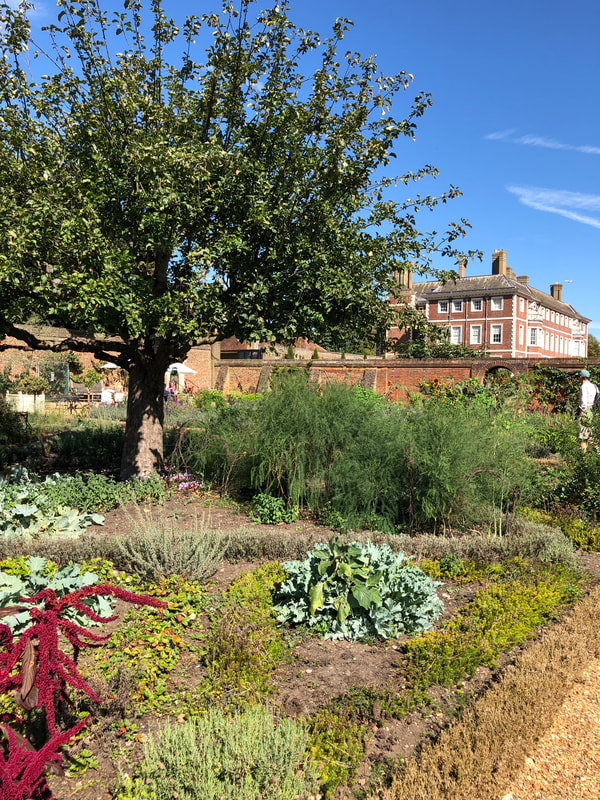

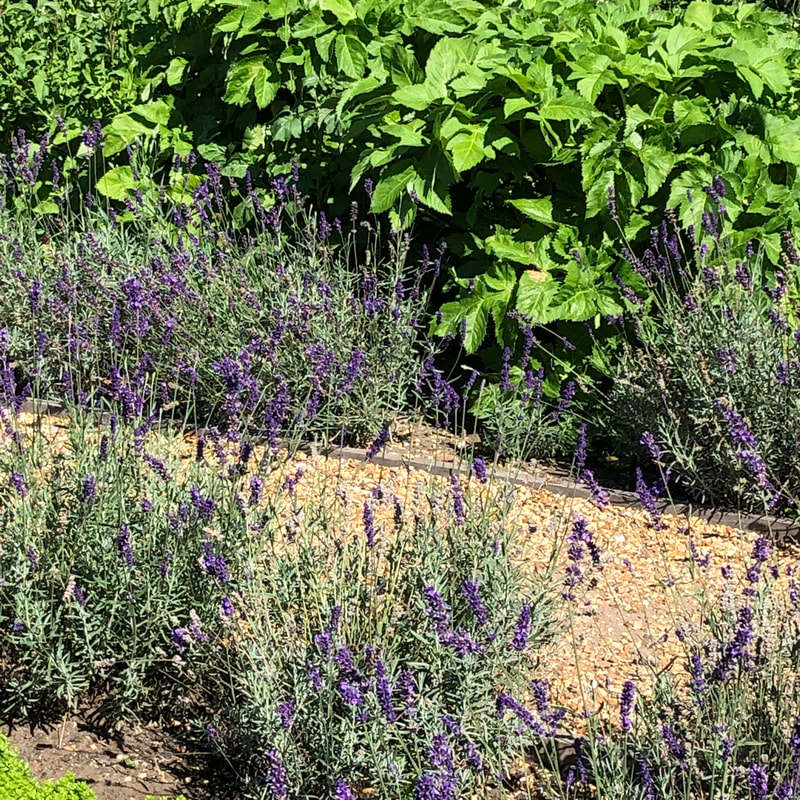
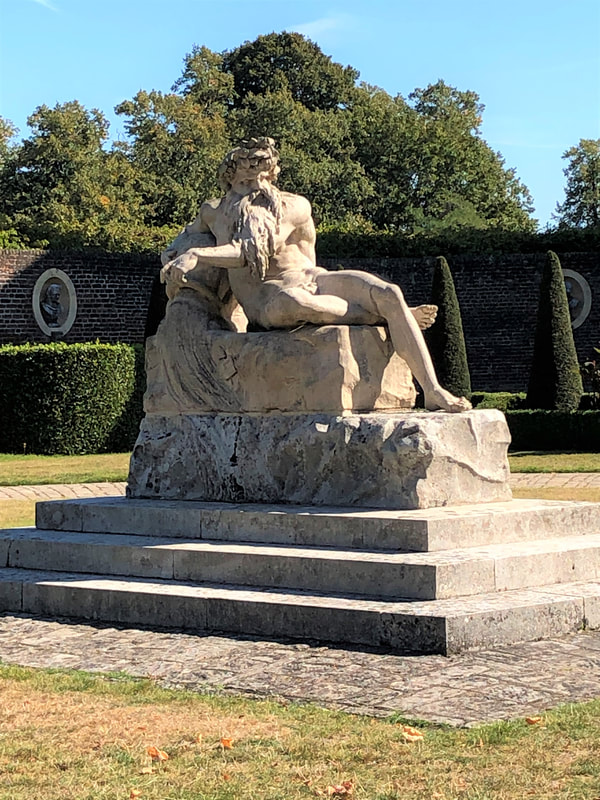
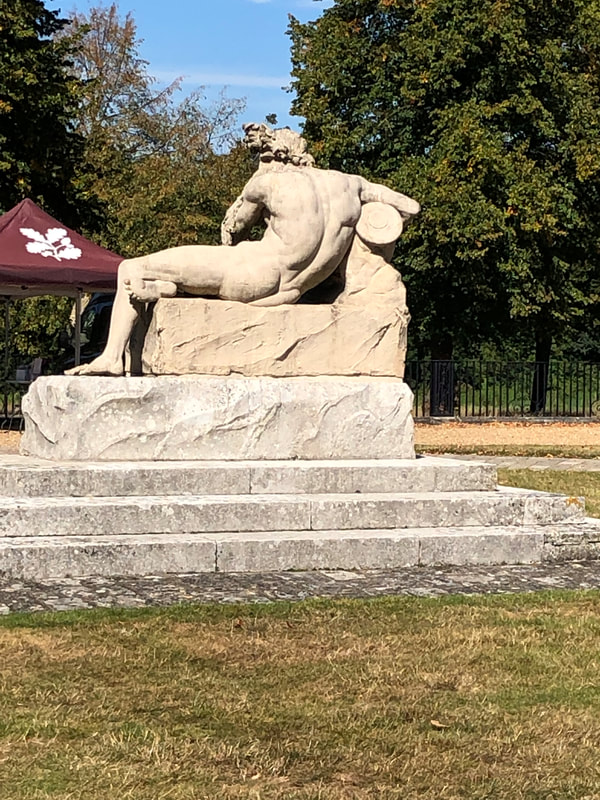
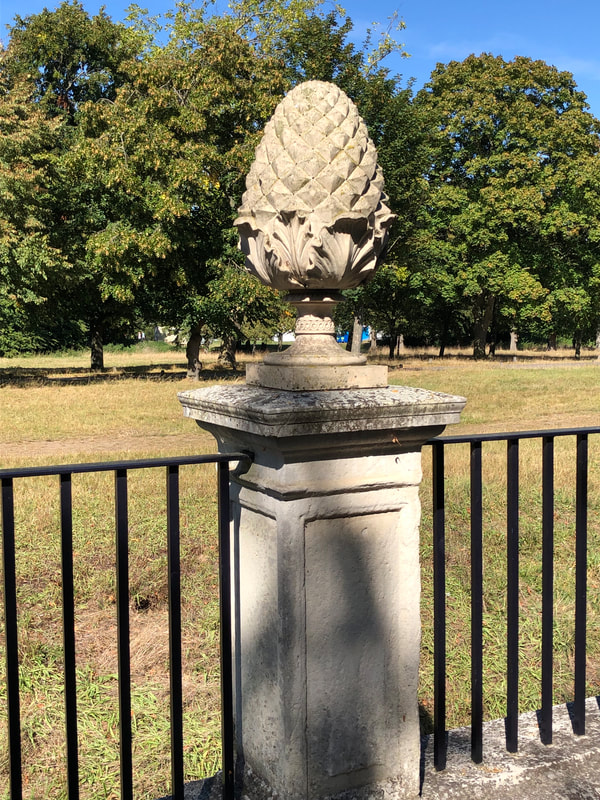
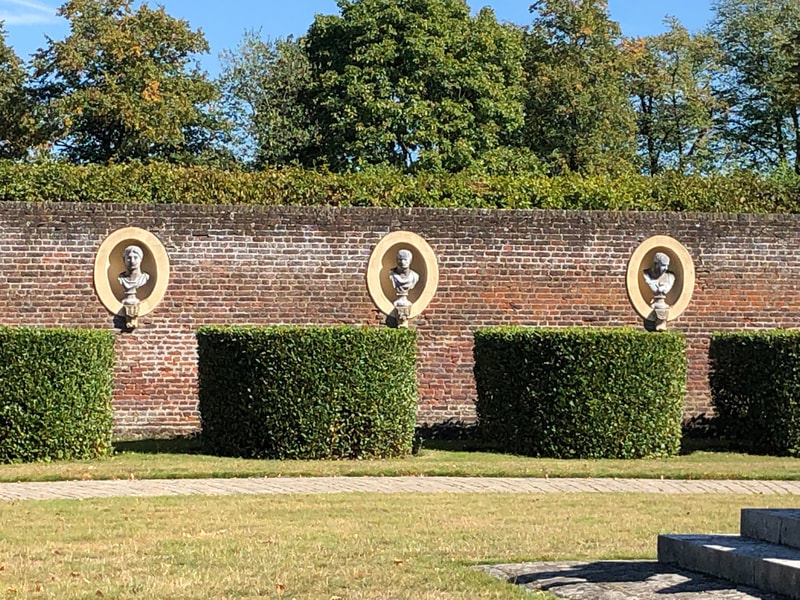
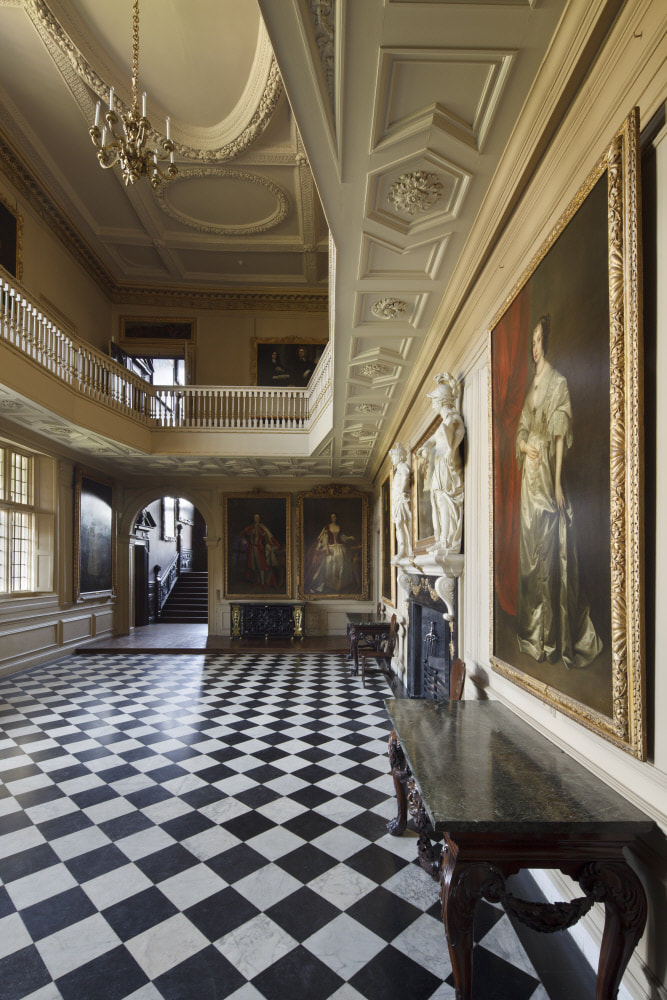
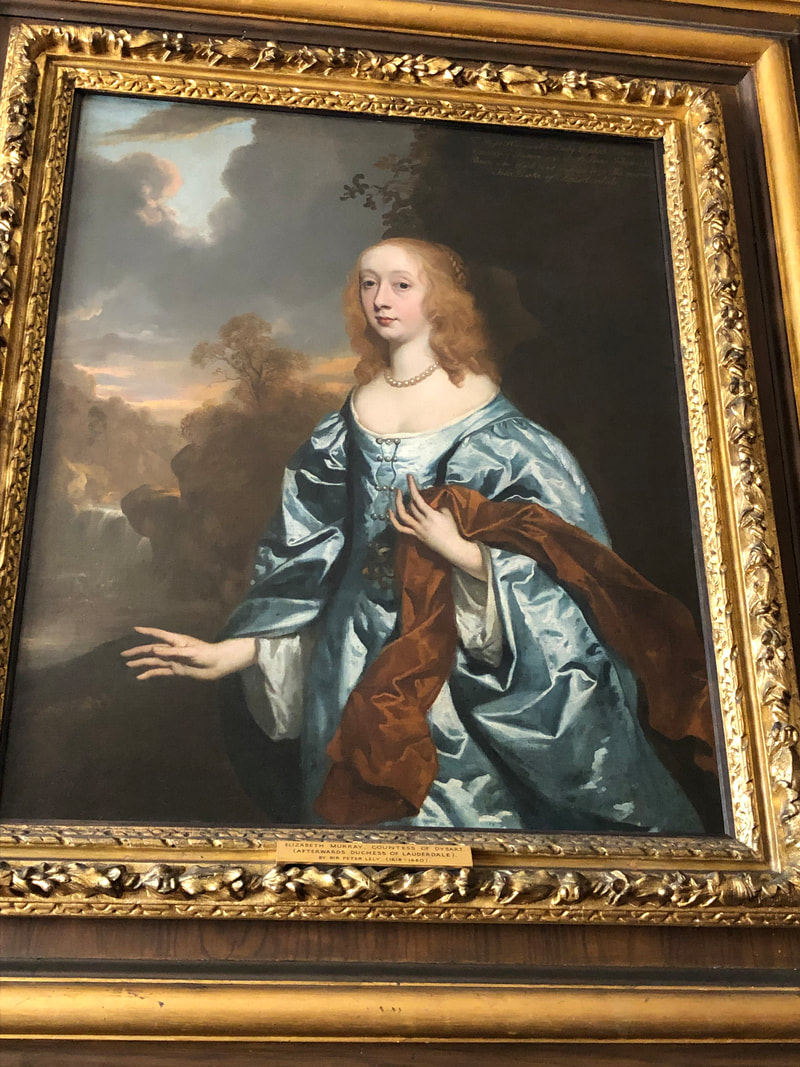
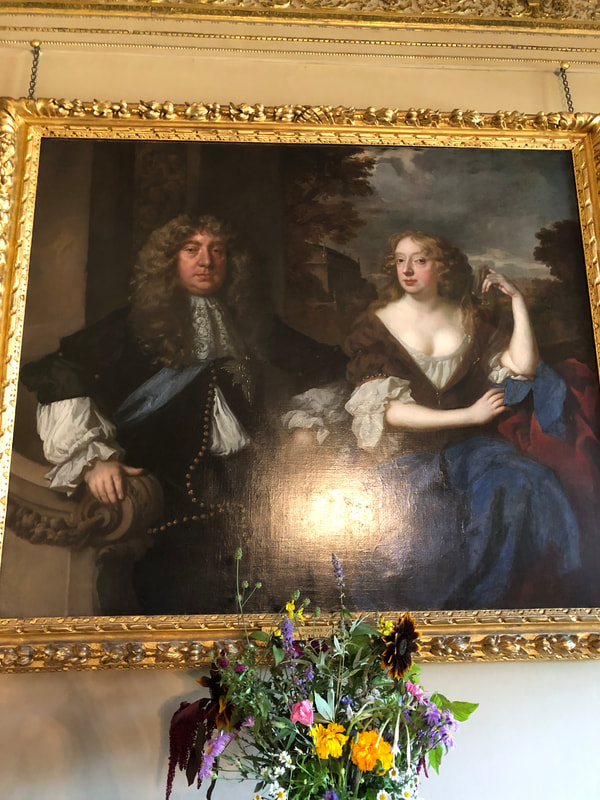
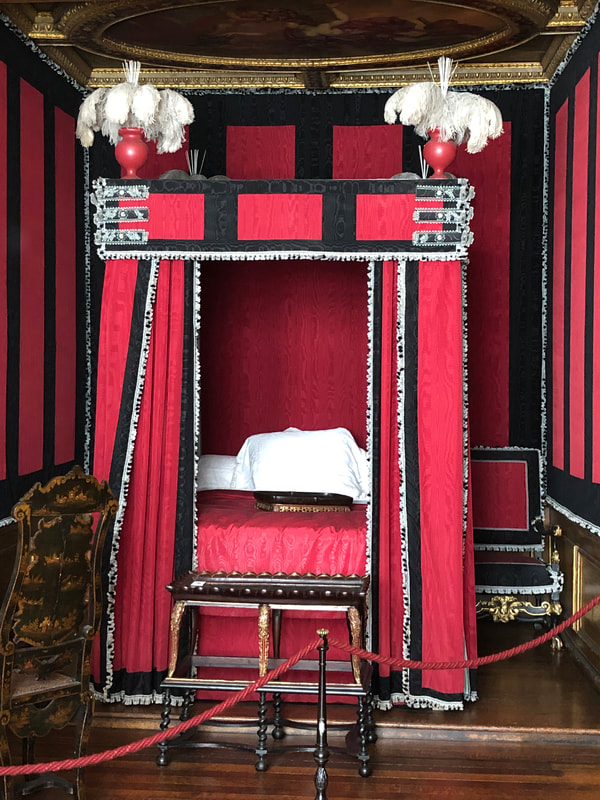
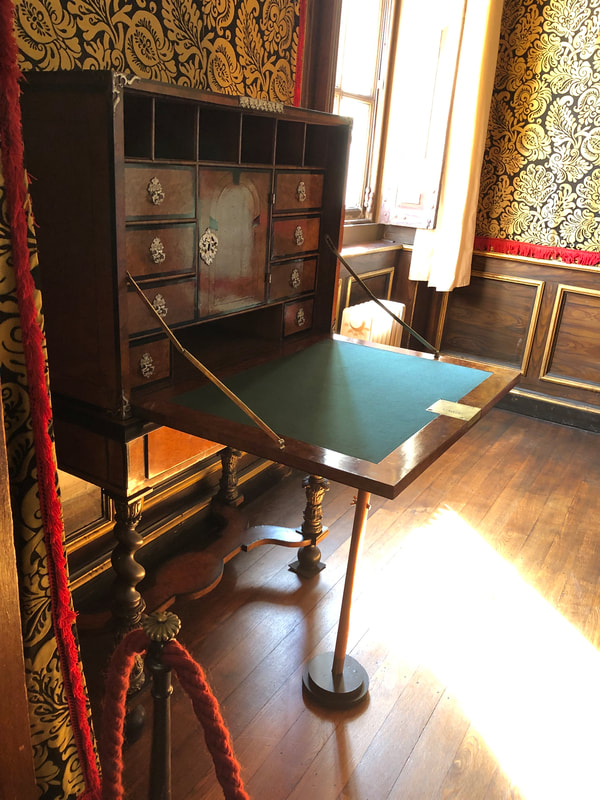
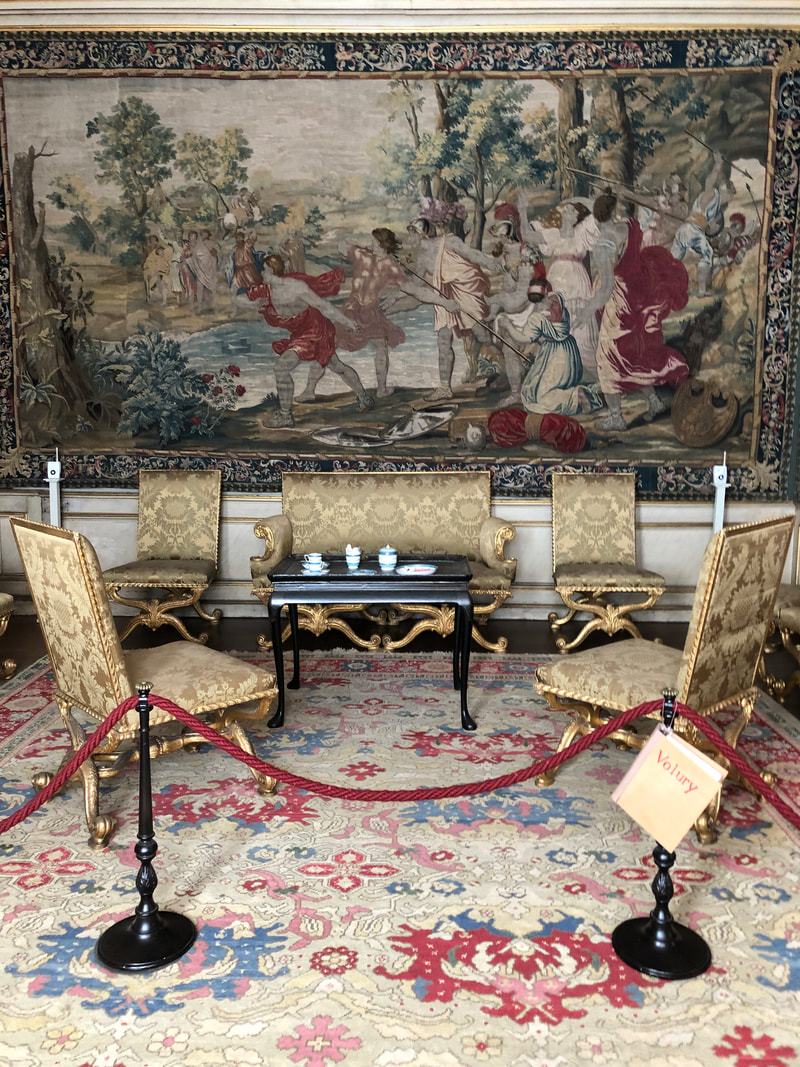
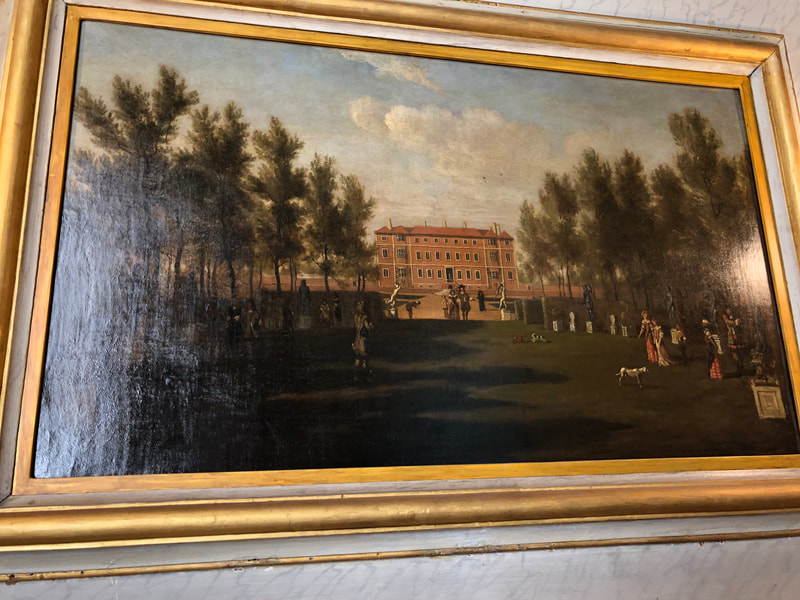
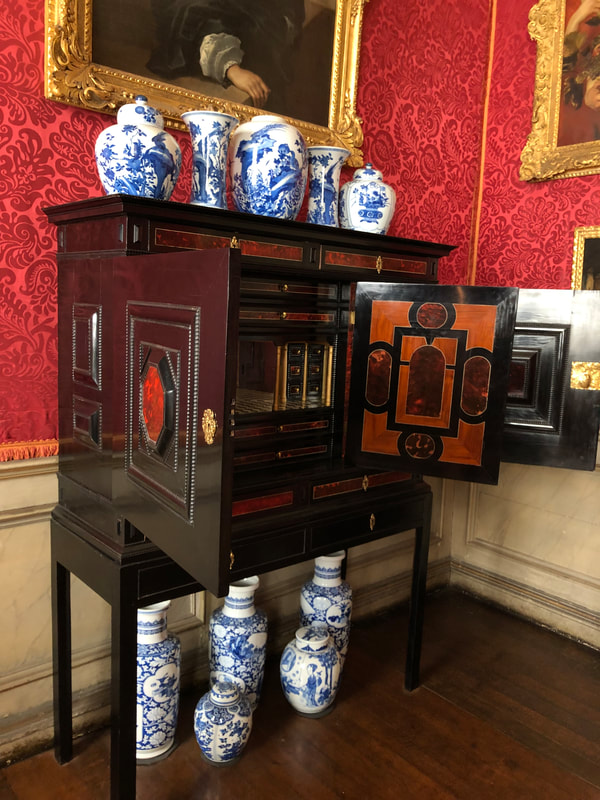
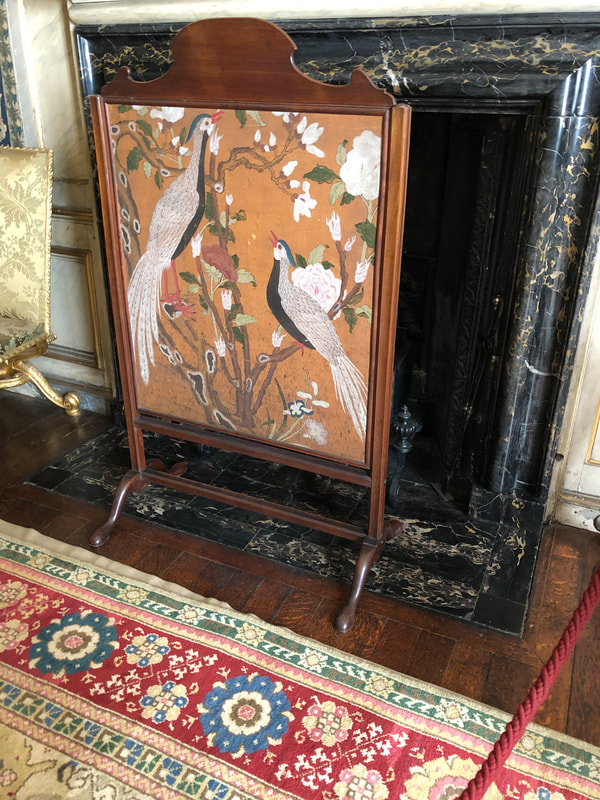
 RSS Feed
RSS Feed